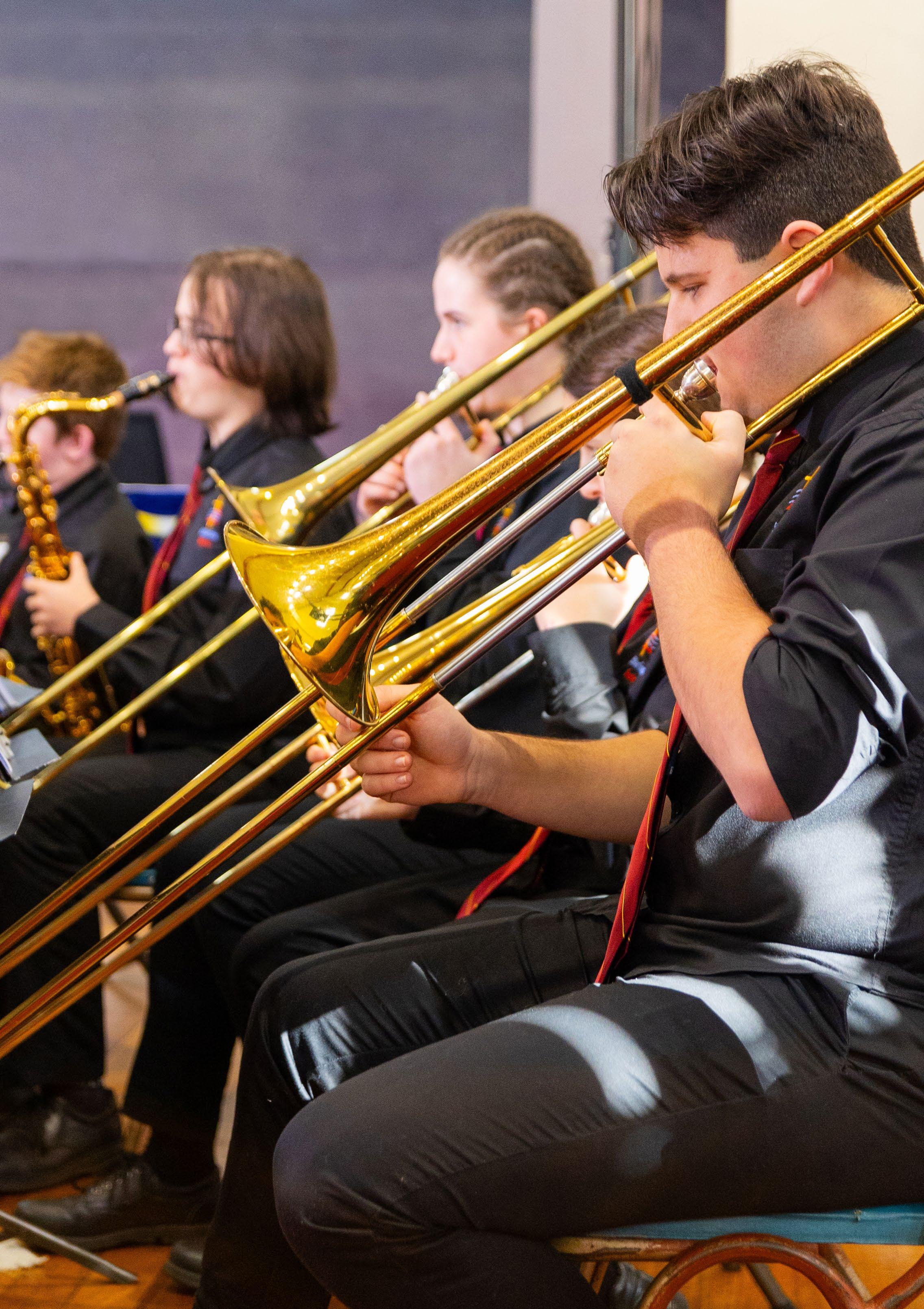
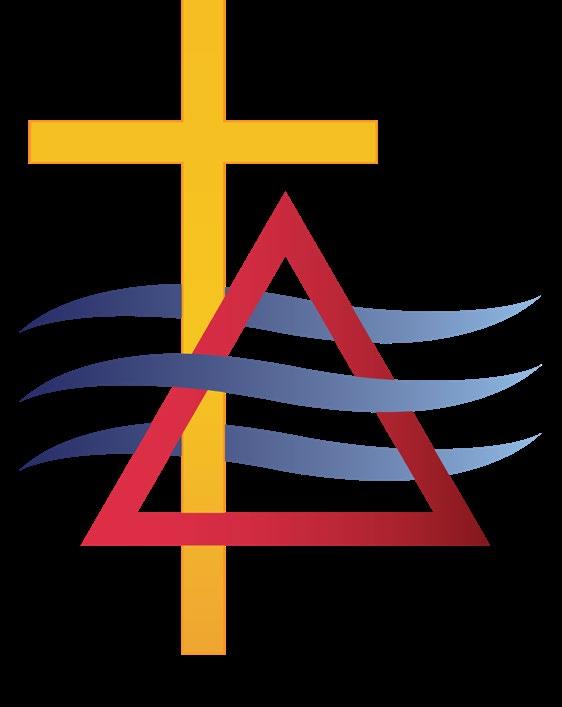





PAGE 4
Robyn Teakle shares what our mid-year Receptions have been focusing on in their first term of schooling.
PAGE 6
Implementing the Berry Street
Education Model
Our Well-Being Leaders explain what the Berry Street Education Model looks like in practice and the impact it’s having.
PAGE 8
Kath Greene shares the importance of career exploration in Year 10 and the range of options available.
PAGE 14
Hear from Marianna Van der Berg about her recent creative writing competition and the well-deserving winners.
PAGE 16
From Provocation to Practice
Deputy Principal Celia Mara shares about her experience at the recent FutureFest conference and why it’s important that educators continue to grow and adapt their practices.
PAGE 18
Jason Buckland explains the Veta Morphus program and what students are gaining from their involvement.
PAGE 22
Wesley Olivier, Director of Ministry, reflects on the past term and the College’s theme of Peace.
PAGE 24
Our Year 9 students have been off on their Rite Journey Solo Camps; but what’s it all about? Damian Bradley shares insight into the program.
PAGE 28
Rebekah McDonald announces the College’s upcoming annual art show and how this year will be a little different.
PAGE 30
Sue Reed reports on the recent Science & Engineering Challenge held at Wulanda Recreational Centre.
PAGE 34
Sandra Halleday shares about the Year 6 Musical which wrapped up in Week 9.
PAGE 36
Music and Drama
PAGE 12
Camps & Outdoor Education
PAGE 13
Sport
PAGE 20
Book Week
PAGE 26
Around the College
PAGE 32
In the Community PAGE 33
Shakespeare Rocks!
PAGE 38
Say hello to Gemma, one of the new members of our teaching staff!
PAGE 41
Calendar
Get all the key dates and information for school events happening in Term 4.
PAGE 42
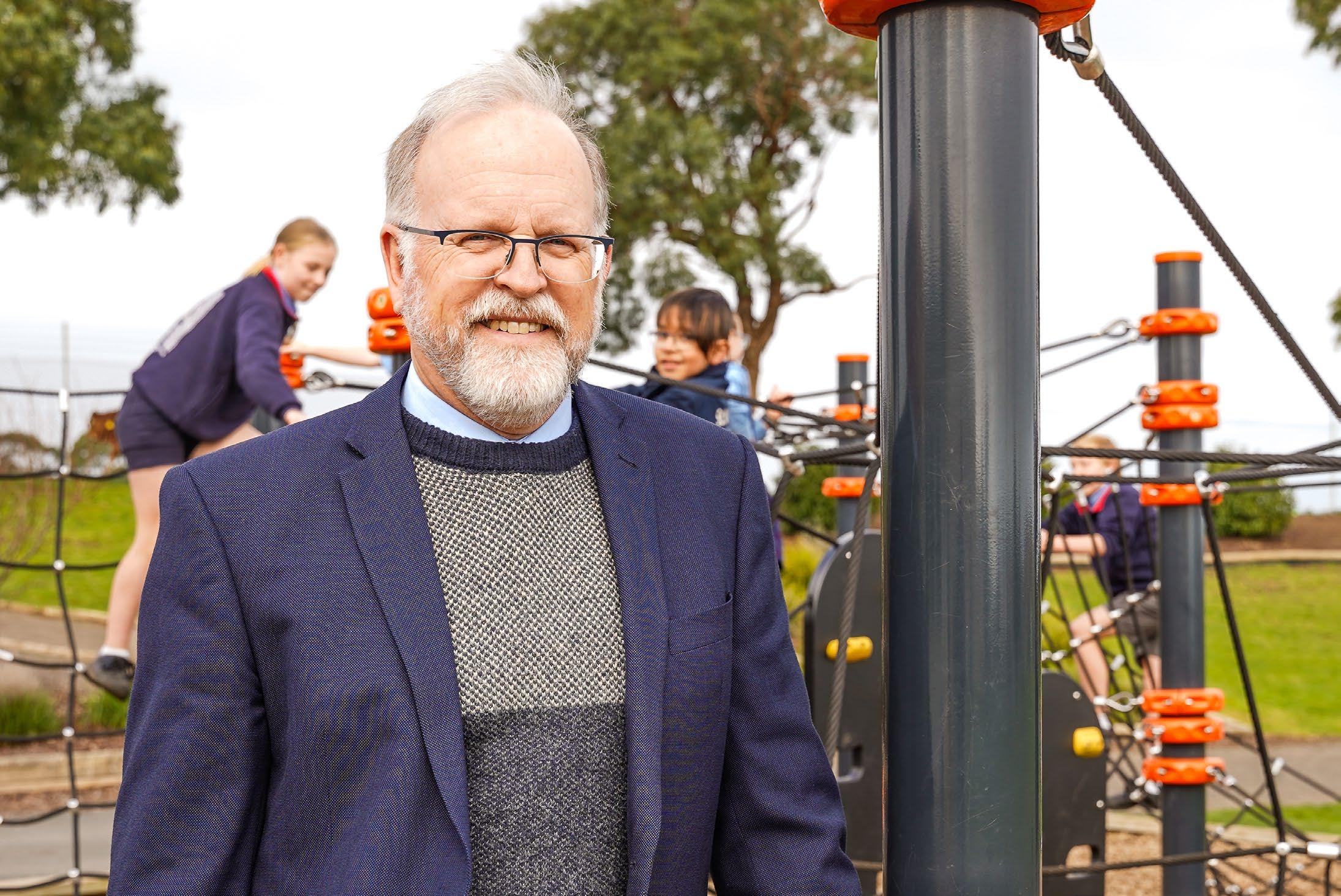
Alan Connah
I am thrilled to announce that our College has recently signed a contract with Mossop Construction + Interiors to build a multi-million-dollar Senior School Hub. This cutting-edge development marks a significant milestone in the College’s ongoing journey to enhance educational facilities for our students.
The new Senior School Hub will feature a state-of-the-art Senior Student Centre, designed with modern learning and engagement in mind. The centre will comprise classrooms, study spaces, meeting rooms, a common area, and even a student “heat and eat” space, providing our senior students with an inviting and functional environment.
Additionally, the building will house essential services for our secondary student community. This includes a new Student Services Centre and Learning
Enrichment & Wellbeing Centre, which will be integral to supporting the holistic development and wellbeing of secondary students. These spaces will not only cater to academic support but also emphasize student wellbeing, enabling them to thrive both inside and outside the classroom.
Recognising the importance of inclusivity, the new facility will also provide a dedicated space for Indigenous Education, ensuring that we continue to foster a learning environment where all cultures are respected and celebrated. Furthermore, the building will incorporate staff offices, student lockers, and amenities to support both students and staff, ensuring comfort and accessibility for all.
This exciting project is part of the College’s broader Masterplan, which was adopted in August 2022. The Masterplan aims to guide the continual renewal and development of the school as we grow and adapt to the needs of our
community. Planning for the new Senior School Hub has involved comprehensive consultation with staff, students, and parents, ensuring that the final design reflects the aspirations and requirements of our school community.
Construction of this landmark facility is set to begin in the upcoming October school holidays, with completion anticipated in December 2025. The new Senior School Hub is scheduled to open its doors in late January 2026, just in time for the start of the new academic year.
We are incredibly grateful to God for providing us with the capacity to undertake this transformative project. Regular updates on the progress of construction will be shared as we move closer to realising this vision. This is truly a momentous step in our school’s journey, and we are excited for the future.
Yours in Christ, Alan
Connah Principal



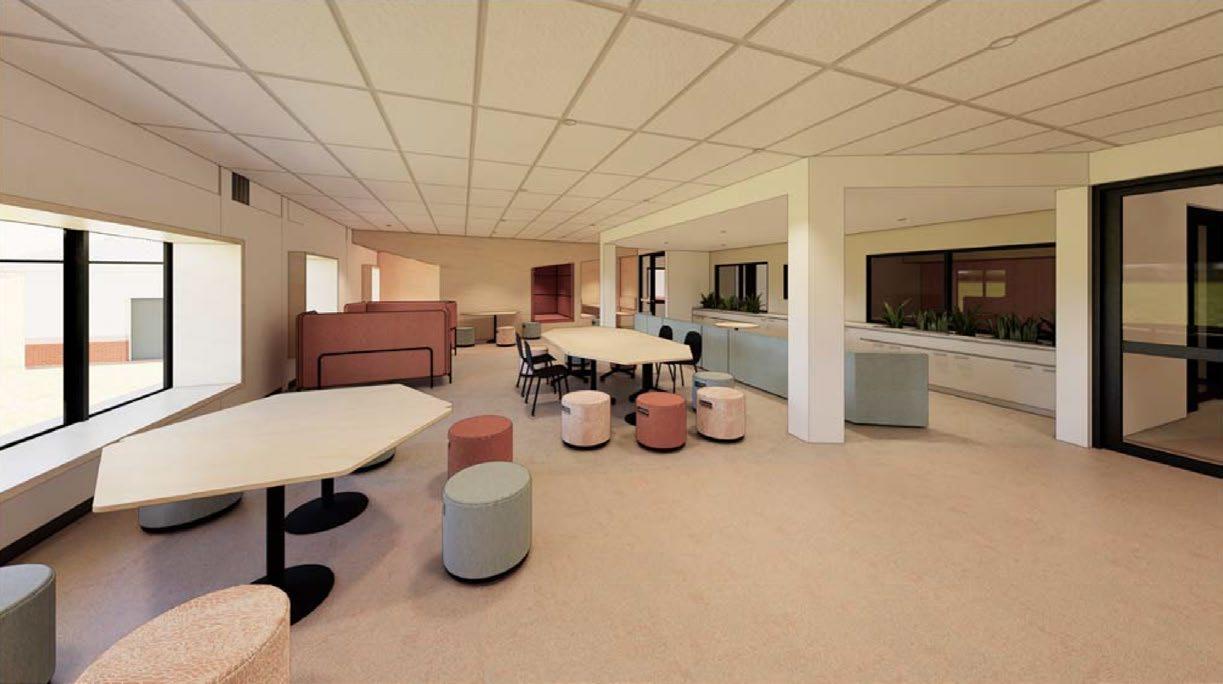
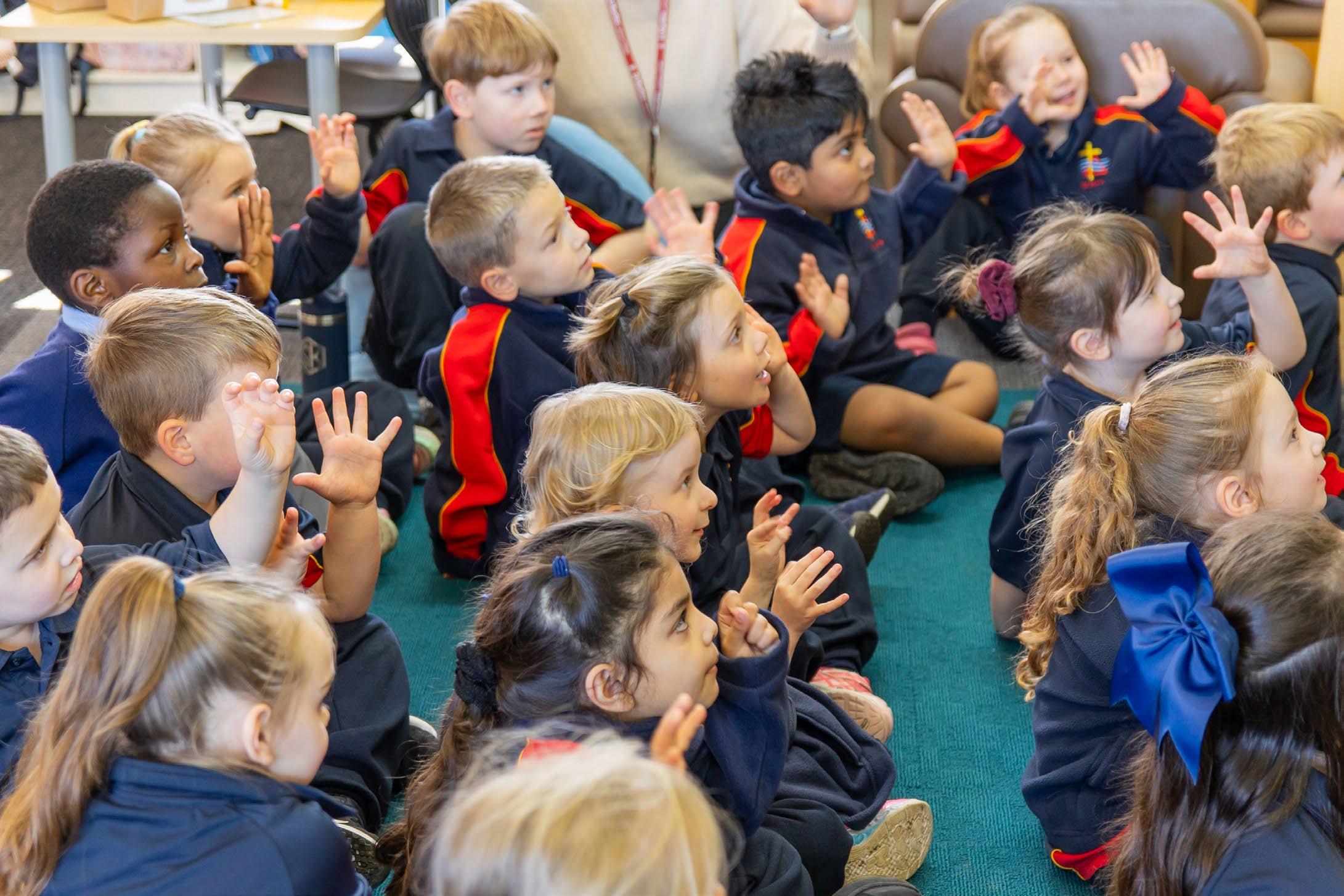
Beginning of Term 3 saw the reintroduction of Mid Year Reception intake. Ten years ago the Education Department stopped the multiple term intake and St Martins followed suit but this year we were able to welcome these little ones into school closer to the time that they turn five. The Mid Year intake enables children who turn five between 1st May and 31st October to start school at the beginning of Term 3 and will stay in Reception until the end of the following year, thus completing 6 terms of Reception.
At St Martins we have had a great take up in the Mid Year Reception class with 17 children enrolled. This has also meant we have been able to establish a
separate class for this group and design a program that begins their literacy and numeracy skill development and enhances their natural curiosity through play and inquiry.
The literacy program for this little group is rich in oral language and the classroom environment is also designed to stimulate the vocabulary, conversations and understandings. PreLit is the literacy program that the teachers are using to guide that literacy development and leads into Initial-Lit that they will being in 2025. PreLit is a systematic, skills-based program that lays a sound foundation for children to learn to read. It provides early years teachers with the tools necessary to
teach pre-literacy skills and concepts in a fun and engaging way, focusing on phonological awareness and oral language development through regular storybook reading.
Literacy skills are further strengthened through additional programs such as Story Champs and Book Making. These young learners come to see themselves as writers. They do the big thinking of writing through their drawing and oral language as they also develop critical and creative thinking skills and rich oral language. They are empowered to create texts that communicate their ideas, build strong positive dispositions towards reading and writing, learn and use reading strategies, and understand how books work. Such exciting learning that can be greatly supported by enjoying the experience of reading together at home.
Numeracy will focus heavily on number over the course of this semester. Number sense is important because it underpins all future mathematical understandings. Students need to understand numbers and how to use them in everyday situations before moving onto new mathematical concepts. Students will also develop an awareness of patterns in the world around them. They will create and describe patterns using materials, sounds, movements, and drawings. They will learn sequencing, making predictions and understand what comes next in a sequence. These numeracy experiences will be very hands on, using concrete materials and often build understanding through game based activities and play.
In additions to Literacy and Numeracy the school week is filled with many opportunities to learn about the world around us. Inquiry is a big focus and enables the children to look, think and wonder and ask as many questions as they can to discover and develop understanding about the things around
them. Topics in Science, Humanities and Health open a world of curiosity as the children explore their own interest, a group interest or as a class about the natural world, built environments and family units. The social and academic skills that go with inquiry and being curious are also a focus of these learning experiences and an important part of a child’s academic development. That curiosity also extends to Christian Studies as they explore how God helps us to live as His special children and guides us in caring for others and our beautiful world.
“We have designed a program that begins the students literacy and numeracy skill development and enhances their natural curiosity through play and inquiry.”
While the skills learnt in Digital Technologies are specifically taught, they are then used across many learning tasks, and similarly in Visual Arts. The
fundamentals of using a computer or a device is something we take for granted but for these little ones it is new and often challenging to navigate the logging on, using a mouse, finding letters on a keyboard, saving and logging off as well as taking photos on an iPad and creating simple coding equations. It takes patience and practise, and they take it in their stride.
Our Mid Year Reception children also work with a variety of teachers across the curriculum as they engage in Physical Education, Library, Music and Auslan lessons. They meet different staff, explore different areas of the school and develop a variety of additional skills that are further developed as they move through Junior School.
While we are yet to see the real benefits of the mid year intake, it is anticipated that this little group will go into the new year, and a full year of Reception, settled into the school environment, already having an insight into words, sounds and numbers and already have an excitement about learning and the journey ahead.

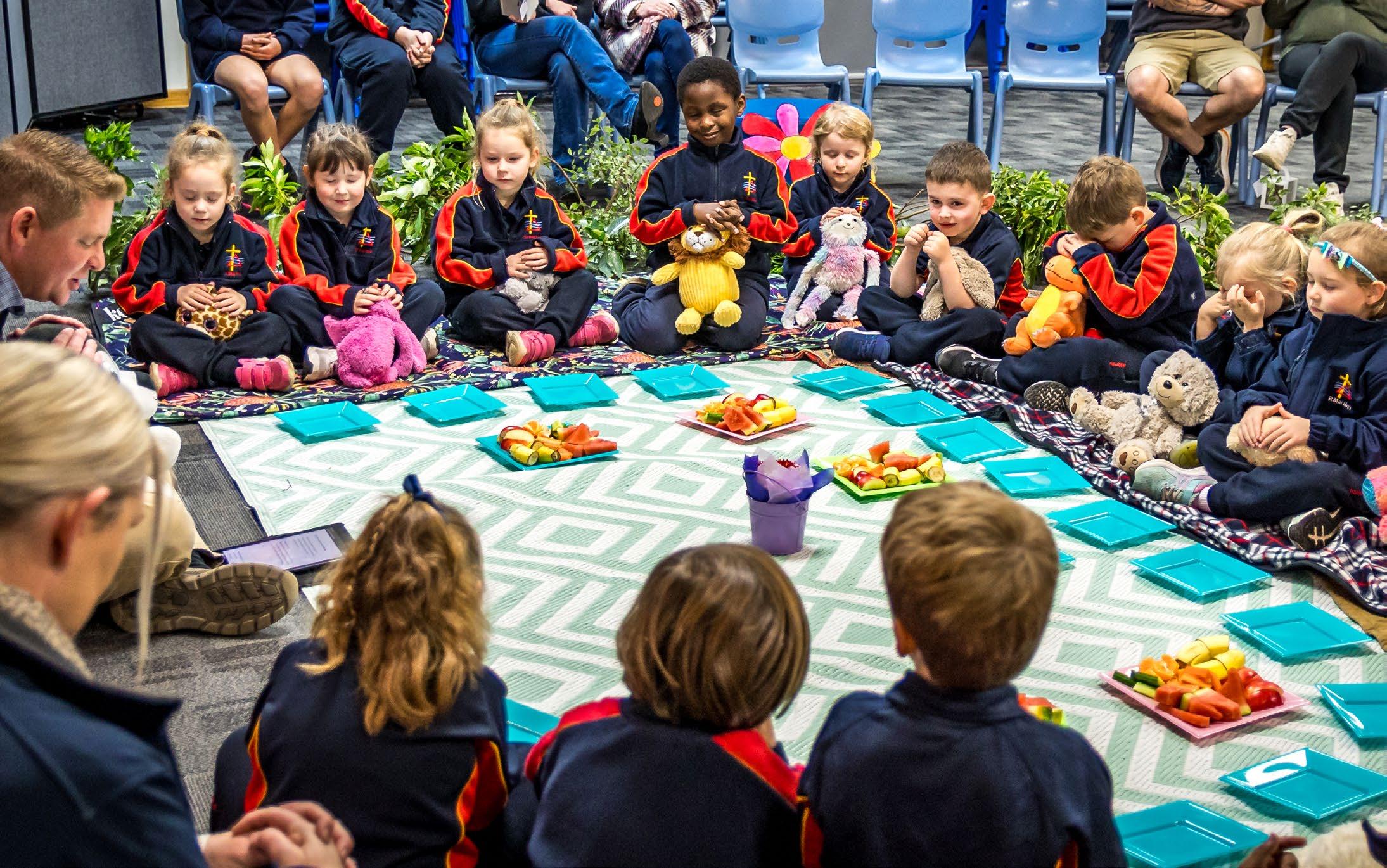
In the Junior School teachers are working on different ways to help children regulate their bodies and emotions and to enhance the teacher/student relationship in line with the Body and Relationship domains of the Berry Street Education Model. Berry Street training added to, and reinforced many of the concepts and activities already a part of Junior School practice.

‘Ready To Learn’ spaces have been created in and around classrooms across Junior Schools. Students who are needing time to reset because of playground issues, difficulty getting to school or generally feeling that they are struggling at school can spend some time in this space. Included may be cards showing breathing techniques, fidget toys, drawing and colouring materials, books and/or cuddly toys to help students relax and be ready to engage in their learning.
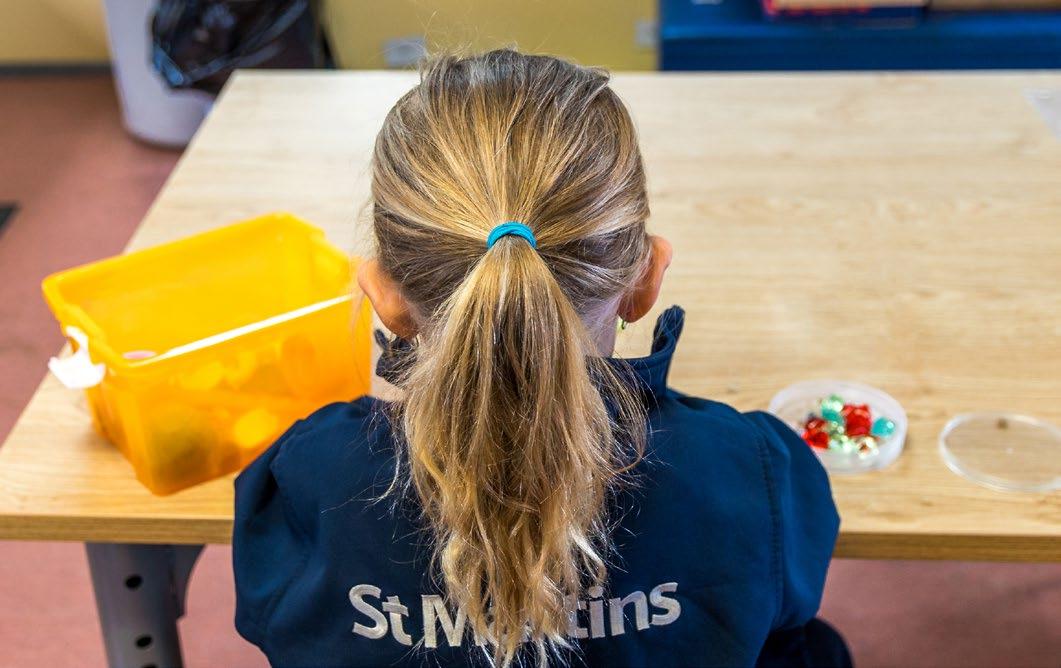
Some students may have a ’Ready To Learn’ plan which may include spending some time in Wellbeing away from the bustle of the start of the day, in the classroom, having a Brave Box of chosen toys to help with separation in the morning or being met at the drop off zones by staff from Learning Enrichment who have a close relationship with the student.
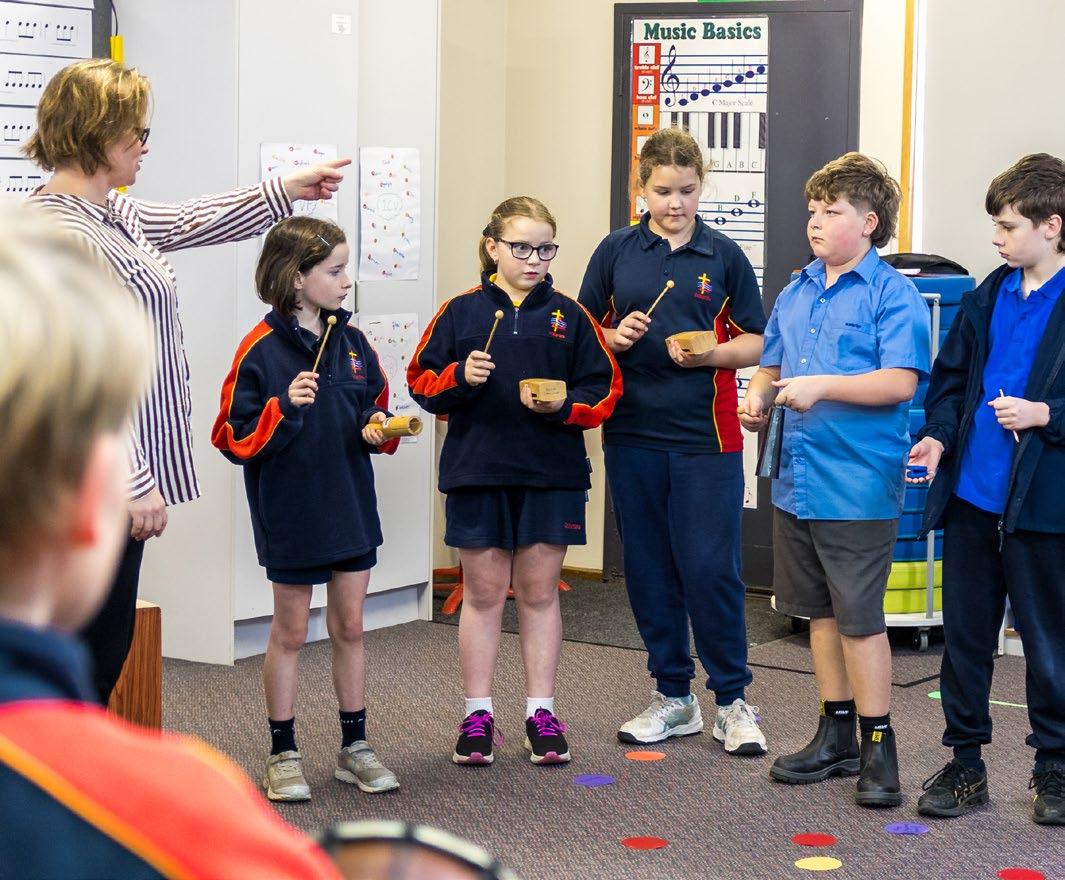
In the specialist classroom music lessons led by Georgina Farrugia, Year 5 lessons start with students in a circle where they follow a simple rhythmic activity which involves singing and body movement. This predictable activity enables Georgina to quickly identify students who are struggling to focus. This enables her to acknowledge how the group is working together and modify the lesson as necessary.

Class Dojo is helpful in Junior classes as parents will message teachers if there has been an upset in the family or if their child may be struggling with different issues. Students are greeted by name as they enter the classroom and a side by side or word of encouragement may be given. Teachers across the classes know their students well and endeavour to respond accordingly.

Our new Reception class starts the day with the welcome song helping each child feel that they belong. This also provides a routine start to the day.
Every week, all students engage in class devotions and whole of school worship. This is a valued part of our school tradition, culture and Christian identity. This predictable routine is supported by the Berry Street Education Model.
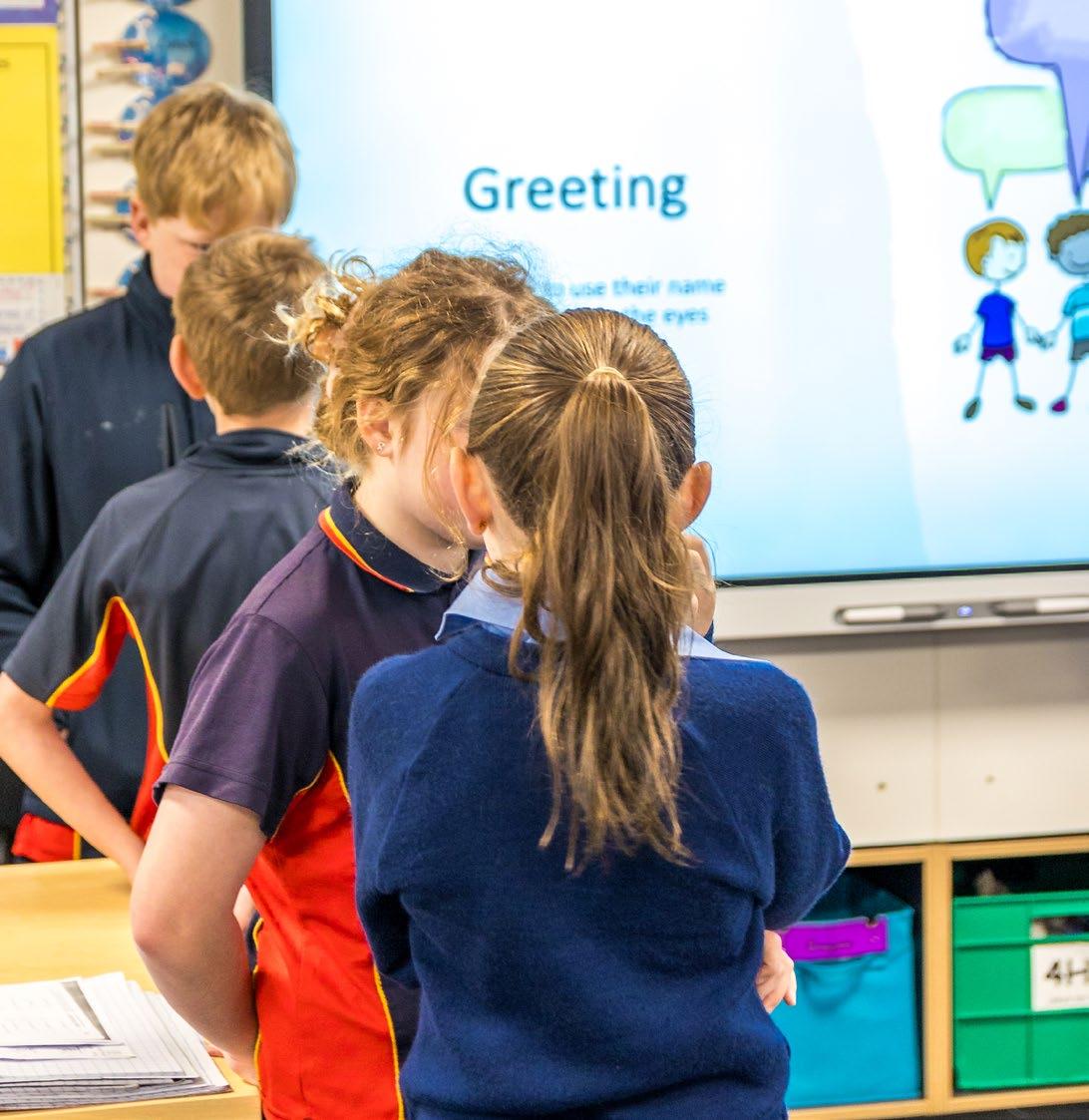
Classes use ‘Circle Time’ in a variety of ways. Year 4s start most days with a circle where individual students check in on how they are feeling, go over the day’s routine, notices and expectations. This provides open discussion between students and teachers around work, relationship and behavioural expectations. ‘Positive Primers’ are opportunities for students to see images, hear words and engage in activities that provide positive emotions. Positive emotions help build wellbeing, opening up the mind to new possibilities and ideas.

Formal learning time is broken up by frequent ‘Brain Breaks’. ‘Brain Breaks’ include relaxation, mindfulness, movement activities such as jumping jacks, movement to music, running around the oval and team games, both outside and inside. These short breaks assist students to reset and focus on key learning.
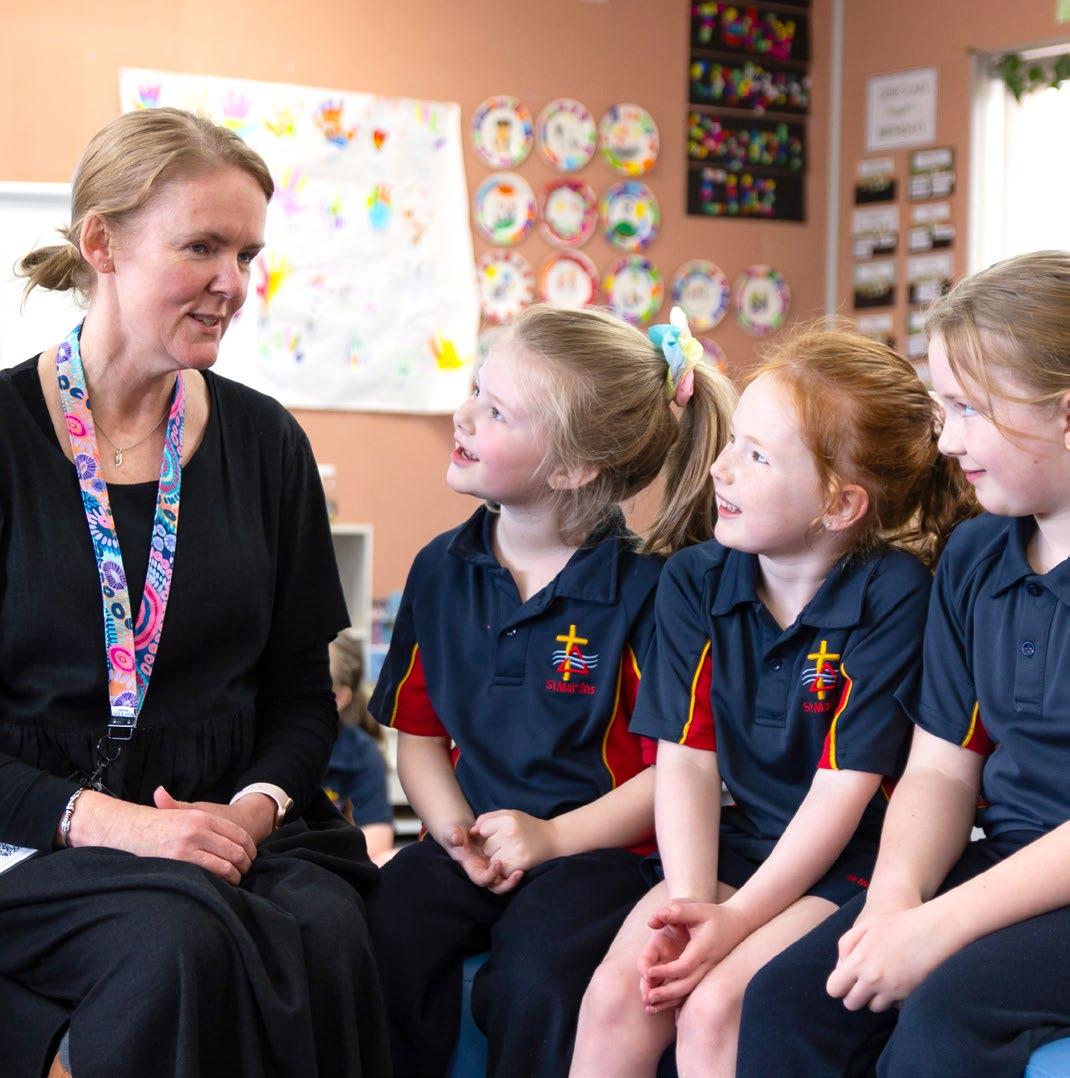
In Year 1, the teachers frequently engage in short restorative conversations as they work with young children who are learning how to interact positively with their peers and do things such as take turns, share, include others in play and not use mean words.

In the Secondary school we are committed to fostering a supportive and effective learning environment for our students. This commitment is guided by the Berry Street Education framework, which emphasises five key areas: Body, Relationships, Stamina, Engagement, Character. Alongside this, we have established clear classroom routines that ensure a structured and conducive learning atmosphere.
• Body: To support students in managing stress and maintaining focus, we have introduced regular mindfulness sessions and deescalation strategies within the classroom. These activities help students regulate their physical and emotional responses, enhancing their overall concentration and well-being.
• Relationships: Building strong, positive teacher-student relationships is at the heart of our approach. Our teachers are involved in Professional Development form Berry Street to educate ourselves further to emphasise relational classroom management strategies that foster trust and respect, creating a safe space where students feel valued and supported in their learning journey.
• Awareness: We encourage students to develop self-awareness and personal values through reflective practices and character-building activities. By recognising their strengths and values, students are better equipped to navigate their educational experiences and prepare for future opportunities.
• Vitality: To cultivate resilience and a growth mindset, we integrate lessons on emotional intelligence and perseverance into our curriculum. These lessons are designed to
inspire students to persist through challenges and embrace a mindset of continuous growth.
• Engagement: Recognising the importance of motivation, we have adopted various engagement
strategies that make learning exciting and relevant. By connecting lessons to real-life contexts and providing opportunities for active participation, we aim to ignite students’ enthusiasm for learning.
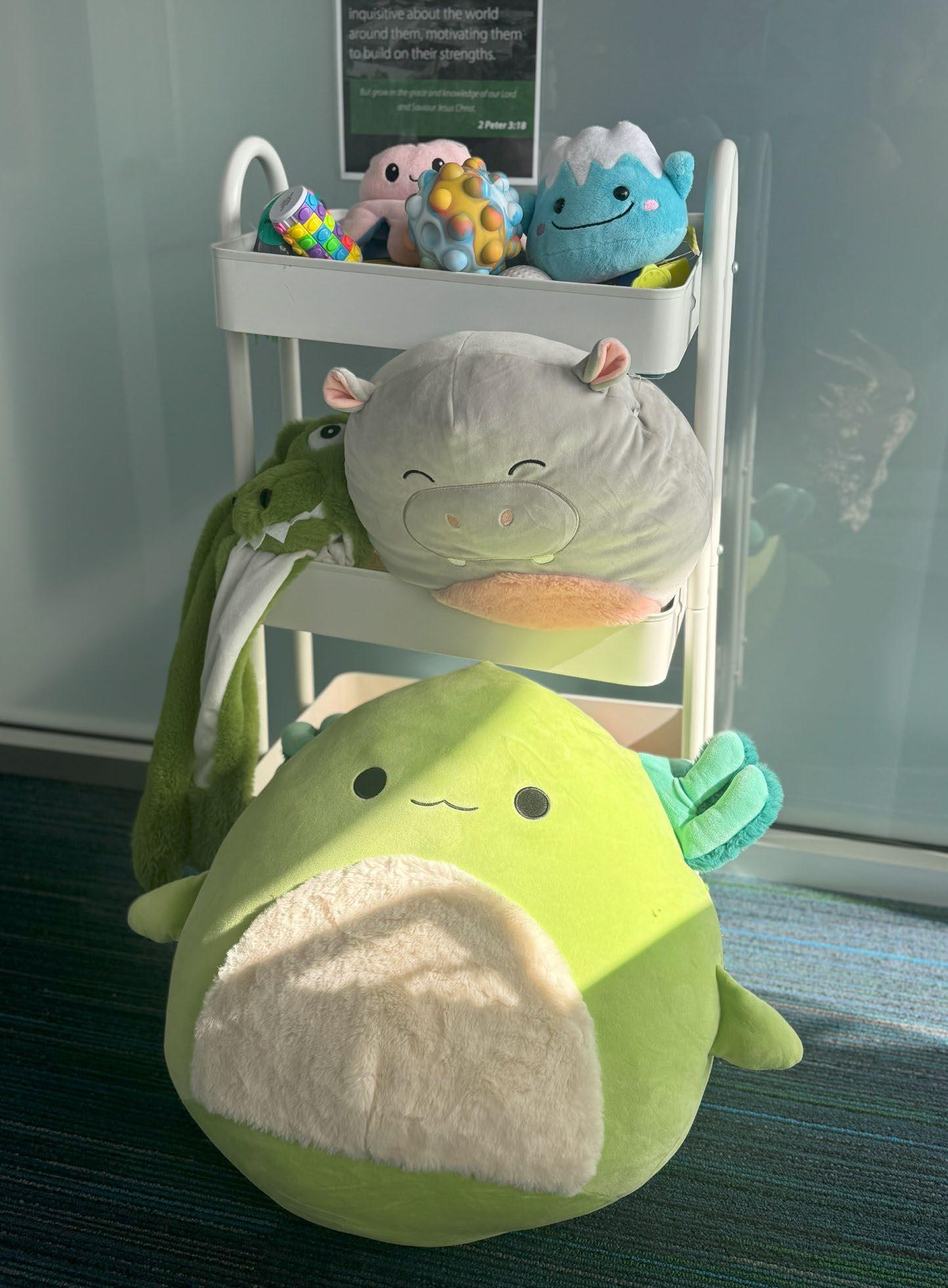
In Years 7 – 12
To ensure a smooth and productive classroom environment in Secondary School, we have established clear routines that students follow daily:
• Entry and Exit Routines: These routines are designed to instil discipline and prepare students for learning. Students are expected to enter the classroom quietly and ready for the day’s lesson, and they exit only after following the teacher’s instructions, ensuring an orderly transition between activities.
“Clear classroom routines ensure a structured and conducive learning atmosphere.”
• Brain Breaks: Understanding the importance of mental rest, we incorporate regular brain breaks during double lessons. These breaks allow students to re-focus and recharge, leading to better engagement and productivity throughout the lesson.
• Classroom Voices: We are implementing a structured approach to communication within the classroom. Students use different voice levels depending on the activity (silent voice for individual work, partner voice for pair work, group voice for small group discussions, and classroom voice for whole-class participation), promoting a balanced and respectful learning environment.

Romana Quintel Middle School Wellbeing Leader | Middle/Senior School Teacher

Pippin Ellis Senior School Wellbeing Leader | Middle/Senior School Teacher

Our famous Cloud Sack that
“It’s like a big hug”.

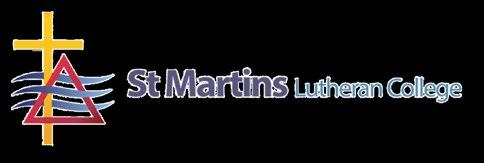

A3 posters recently rolled out across Middle and Senior School; Starting Development of 7 - 12 BRAVE acronym in line with Berry Street Wellbeing framework and 7 – 12 Routines and expectations.
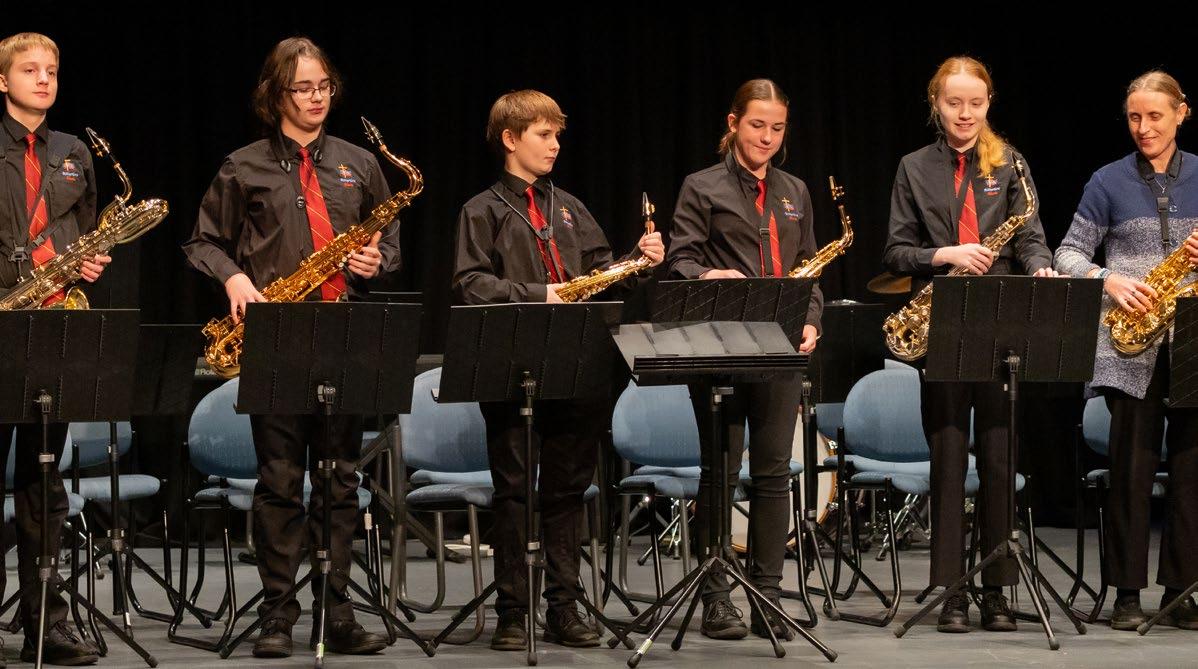
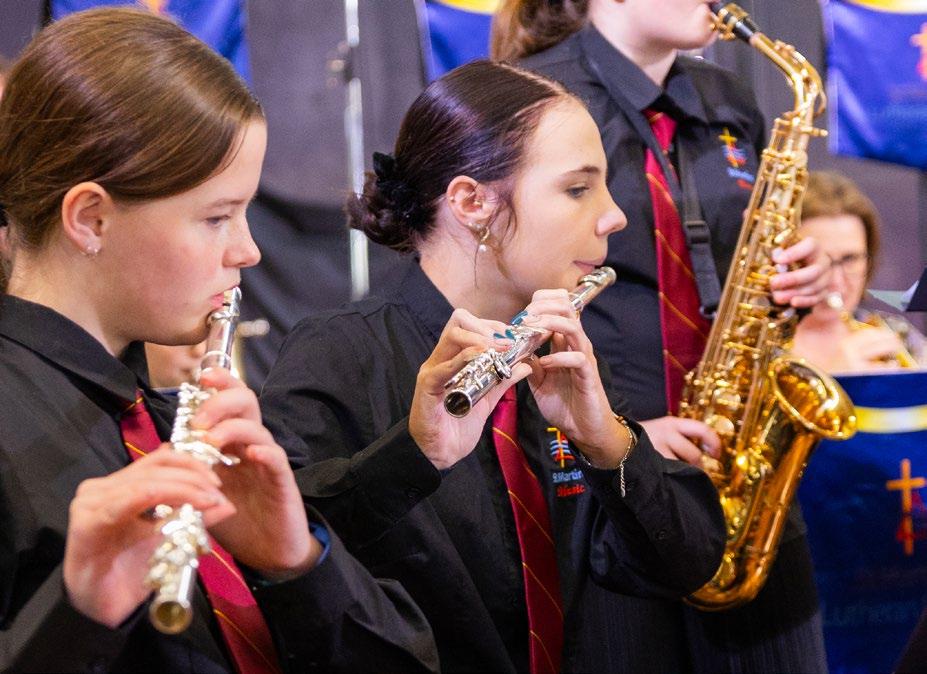


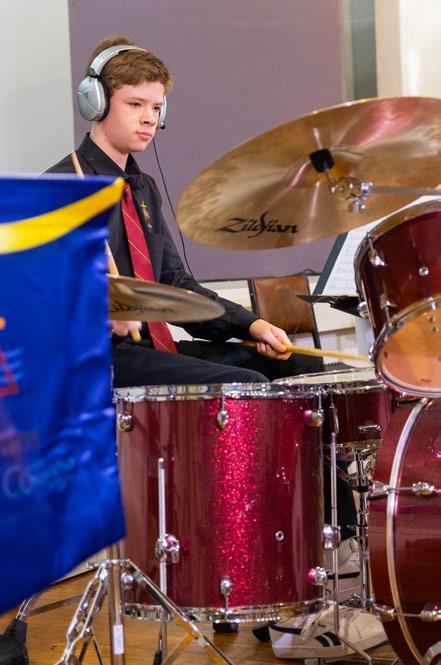




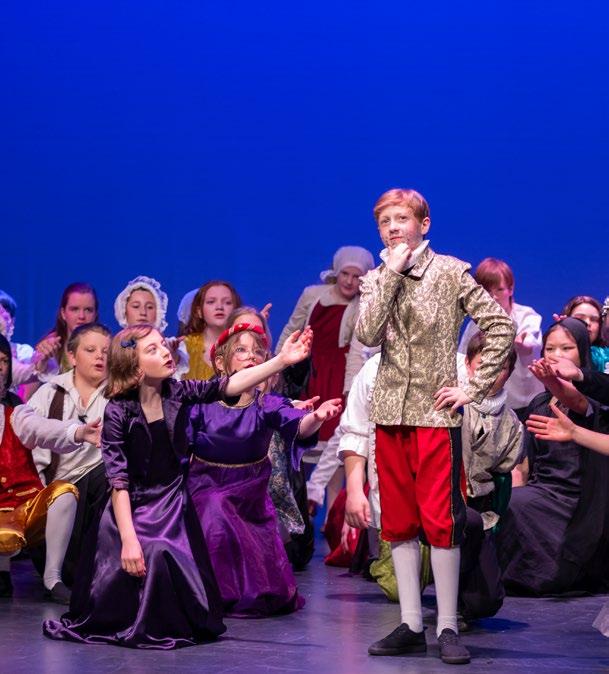


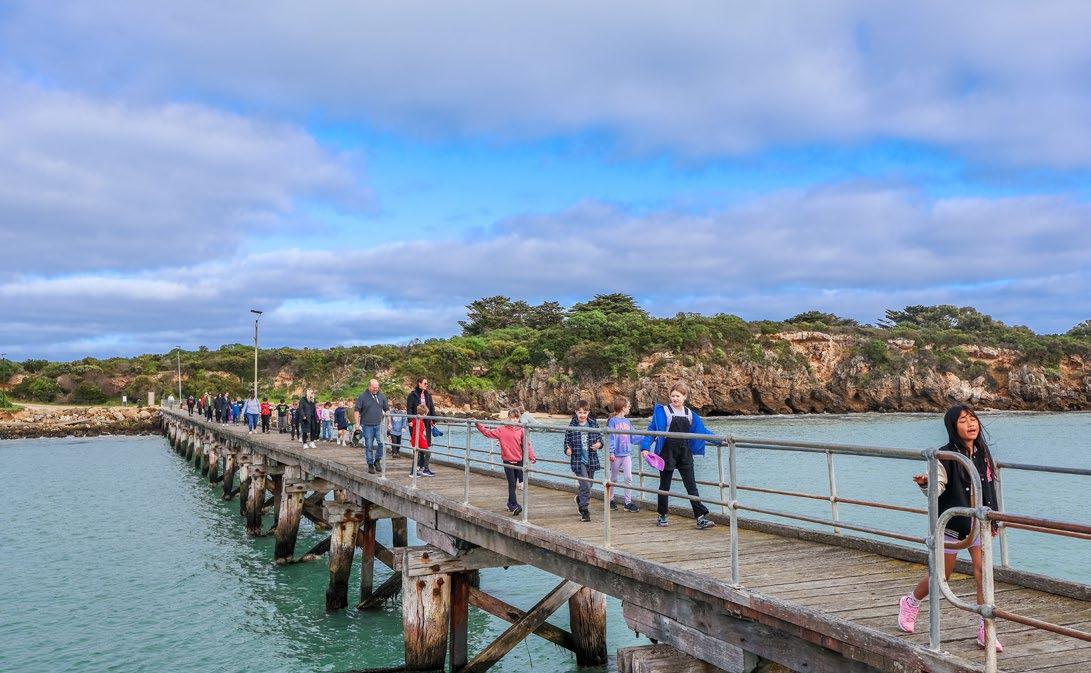
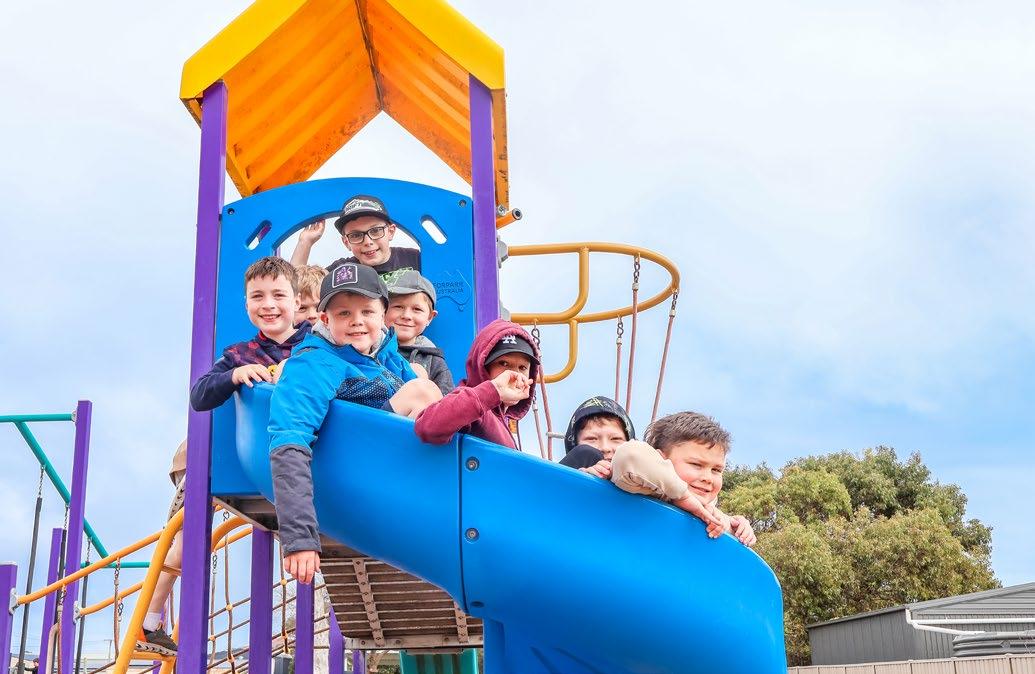

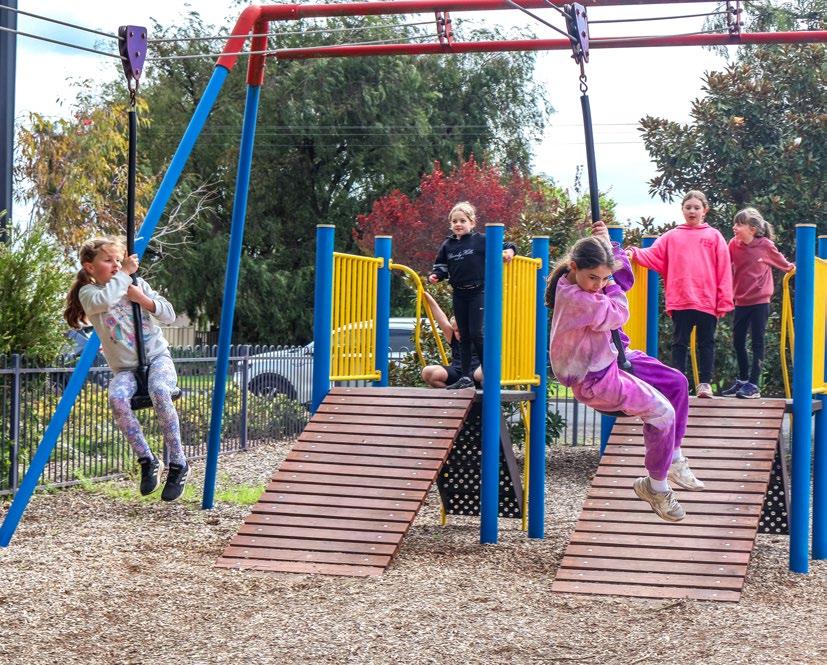




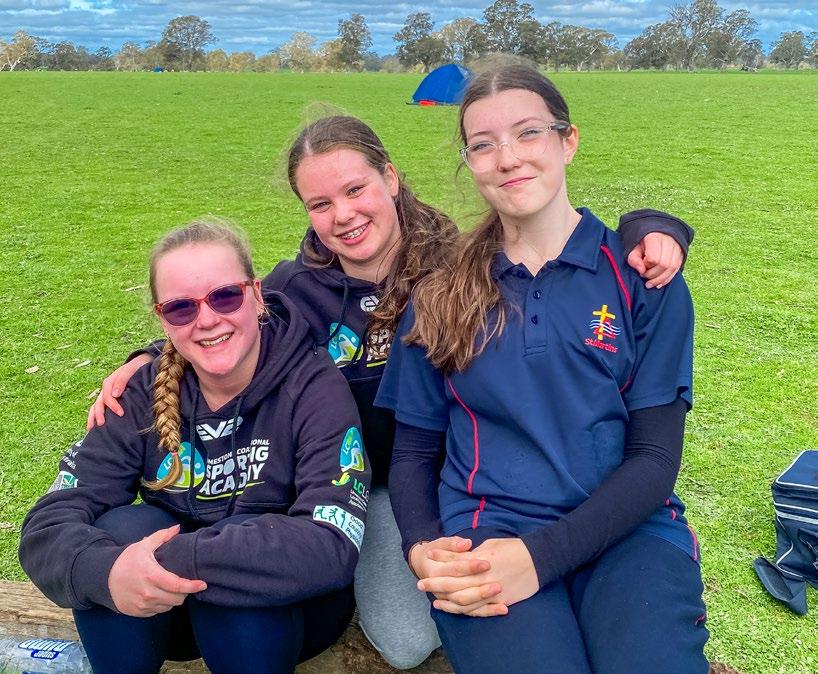

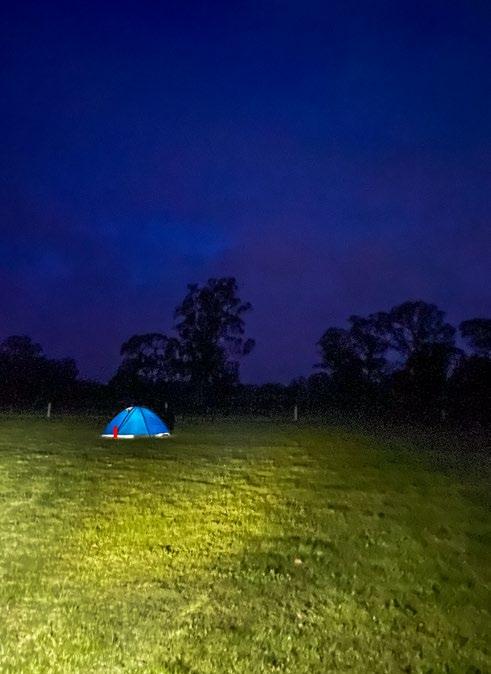
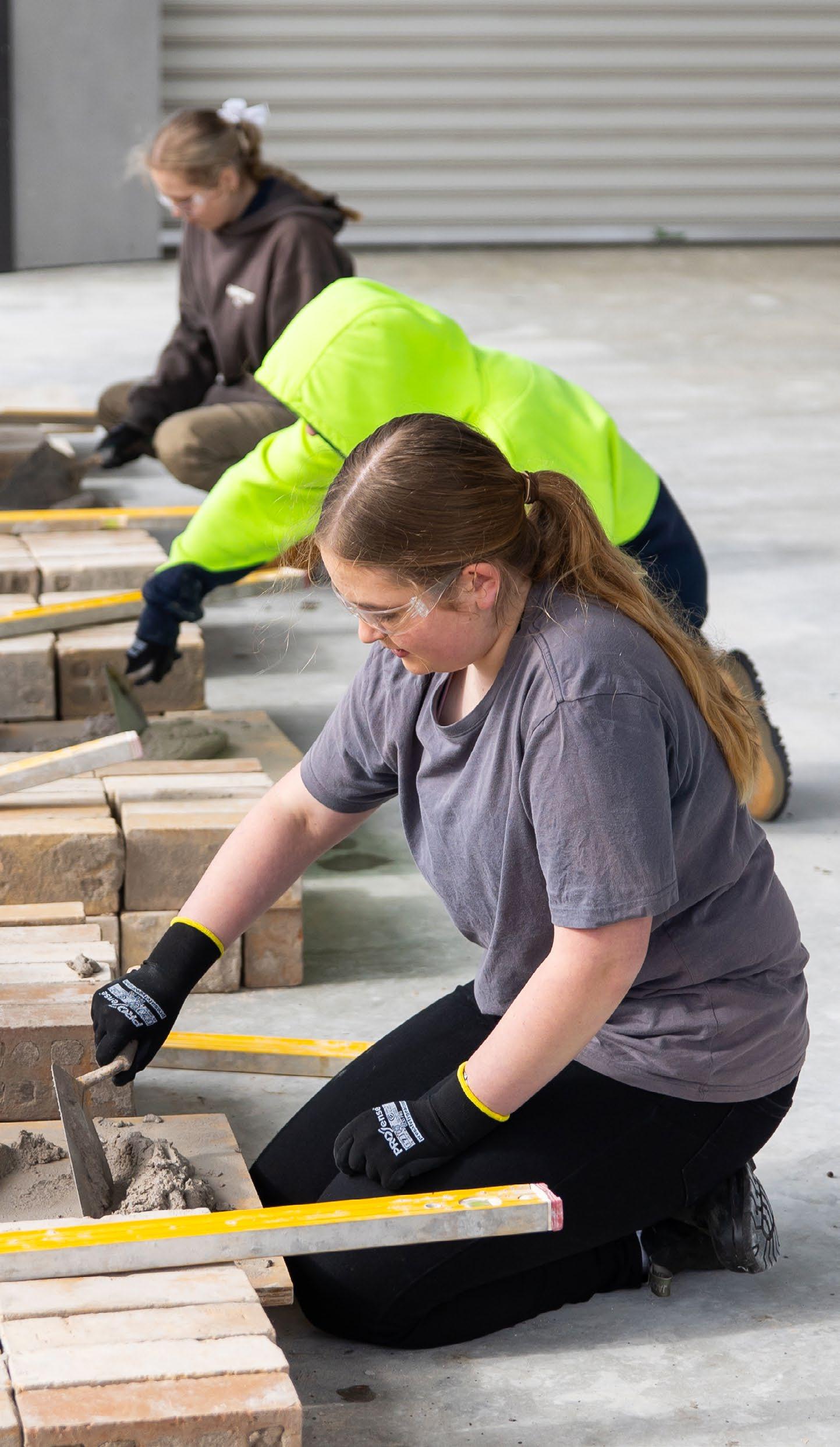
Year 10 marks an exciting and pivotal time for students as they begin their journey into Senior School. It’s a year brimming with opportunities for students to explore potential career pathways and look ahead to completing their SACE in Years 11 and 12. Starting in Year 10 is the highly anticipated Work Experience week. This is when students step into the real world, gaining firsthand exposure to working life and getting a clearer sense of their future aspirations and career goals.
For many, this glimpse into the workforce can ignite a passion for handson careers, particularly those with a trade focus. As a result, many students begin to explore the possibility of enrolling in a Vocational Education & Training (VET) course. A key moment in this exploration is the Try-A-Trade Construction activities, offered in partnership with TAFE SA and the Construction Industry Training Board (CITB).
Held in mid-Term 3, this program allows Year 10 students from Limestone Coast Schools to engage in a week of handson learning at the Mount Gambier Campus. Each day, students immerse themselves in different trades, including:
• Construction
• Plumbing
• Bricklaying
• Tiling
• White Card Certification (Prepare to work safely in the construction industry)
This program offers an incredible opportunity for students to dive deeper into different trades, especially after their Work Experience. If their initial work placement wasn’t what they expected, this gives them a second chance to explore other industries and career options.

Students often comment that they enjoy the Try-A-Trade week because it offers a different experience with supportive staff to guide them. One student noted, “I have found something I enjoy through the experience.”
For those considering applying for a VET course, these insights, coupled with the chance to work alongside industry professionals, are invaluable. Another student shared, “It really helped me make my final decision about what I really want to do. I was able to talk to some of the lecturers and apprentices who had gone through the VET program, ask how they got into their trade and apprenticeship, and learn how it had benefited them.”
The program also included a special Women in Trades Week, where one of our students, Hanalie Dunn, eagerly took part. Reflecting on her experience, Hanalie said, “It was a great week. The tiling was fun, but I preferred bricklaying. However, the highlight was plumbing—working with copper pipes and fittings was like putting together a life-sized Lego set. The whole week was amazing, and I even made new friends along the way!”
Alongside the Try-A-Trade program, TAFE also hosted a Careers Expo and Open
Day, offering students the chance to explore fields beyond construction. From Aged Care and Hospitality to Agriculture, Automotive, Electrotechnology, and Early Childhood Education, students were exposed to a wide range of industries, allowing them to envision potential futures in various fields.
“It’s a year brimming with opportunities for students to explore potential career pathways and look ahead to completing their SACE in Years 11 and 12.”
The day continued with a tour of the campus and a visit to the impressive Industry Exhibition. Here, students explored a wide array of career paths, being able to talk to a range of people. There were people from the local forestry industry to others discussing nursing programs at Uni SA to Allied Health pathways, and discovering connections with Flinders University,
Students were also able to talk and gain insight with those employed in the Police Force and the Australian Defence Force.
The true impact of the day was evident in the students’ feedback. Many shared how the experience helped them make informed decisions about future subjects, courses, and career choices. For others, it sparked new ideas and career aspirations they hadn’t previously considered, broadening their horizons and igniting excitement for the future.
Opportunities like this are invaluable for our young people, helping them connect school learning to reallife experiences and various future pathways. For those who attended, there was a resounding positive response, with one student stating, “It really helped me decide what I want to do both after school and during school, and motivated me to try as hard as I can to get there.”

Katherine Greene VET Coordinator | Middle/Senior School Teacher
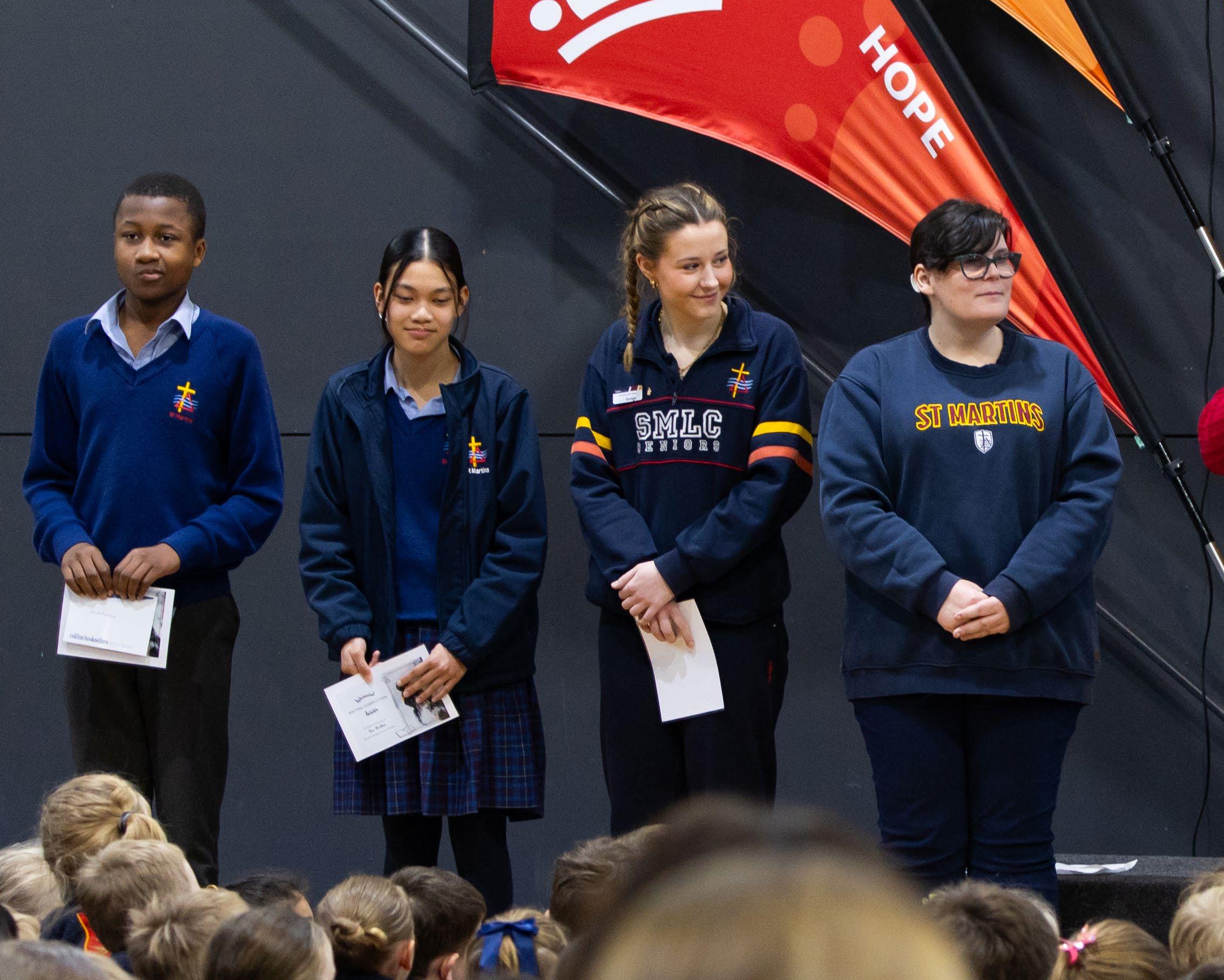
The English Faculty organised a Creative Writing Competition to encourage students in Year 4-12 to develop their writing skills. Students were invited to write either a poem or a short story that had something to do with winter. Twenty-one students participated in the competition and it was very difficult to choose the winners!
Asha Merrett was given a commendation for her poem about “Walking in Winter” and Isabella Hoskings was identified as the runner
up with her delightful story about Frosty the snowman going on a holiday to the Gold Coast.
“Tips of grass, burnt with frost, A world transformed, warmth lost. The sun, a ghost, a fleeting trace, Leaves only shadows in its place.”
- AN EXCERPT FROM CAMERON VENABLES’ POEM
Mila Hudson Wauchope was the Junior School winner. Her short story was about Mr Thompson, who “loved winter” and who organised an annual “Winter Wonderland Festival”. Mila wrote that Mr Thompson worked hard to find a cure to restore the Snow Queen to health so that the “winter magic could be restored”. When the Snow Queen granted him a wish, he asked that everyone would “experience endless joy and warmth during the winter season”. Mila was inspired by
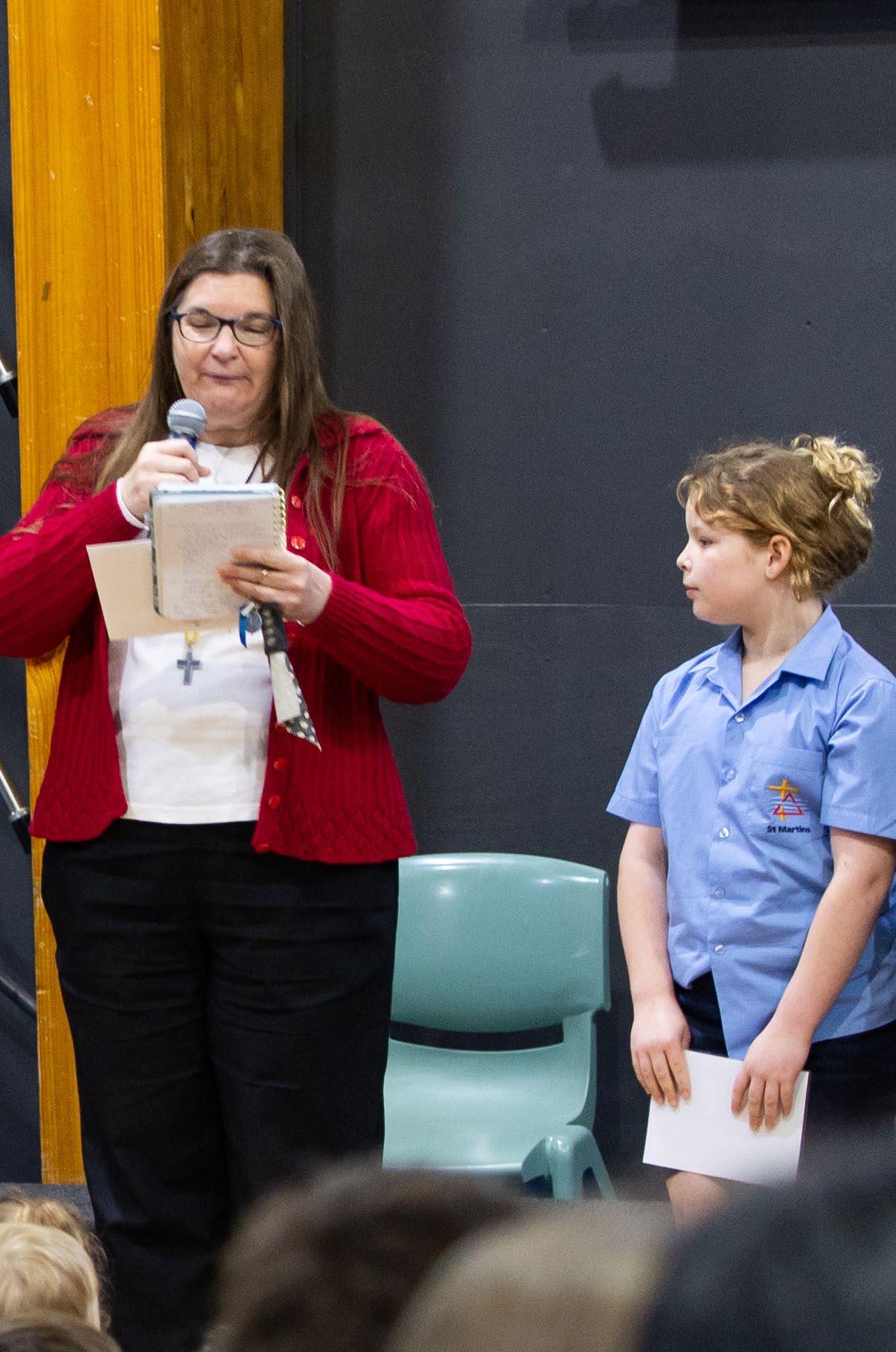
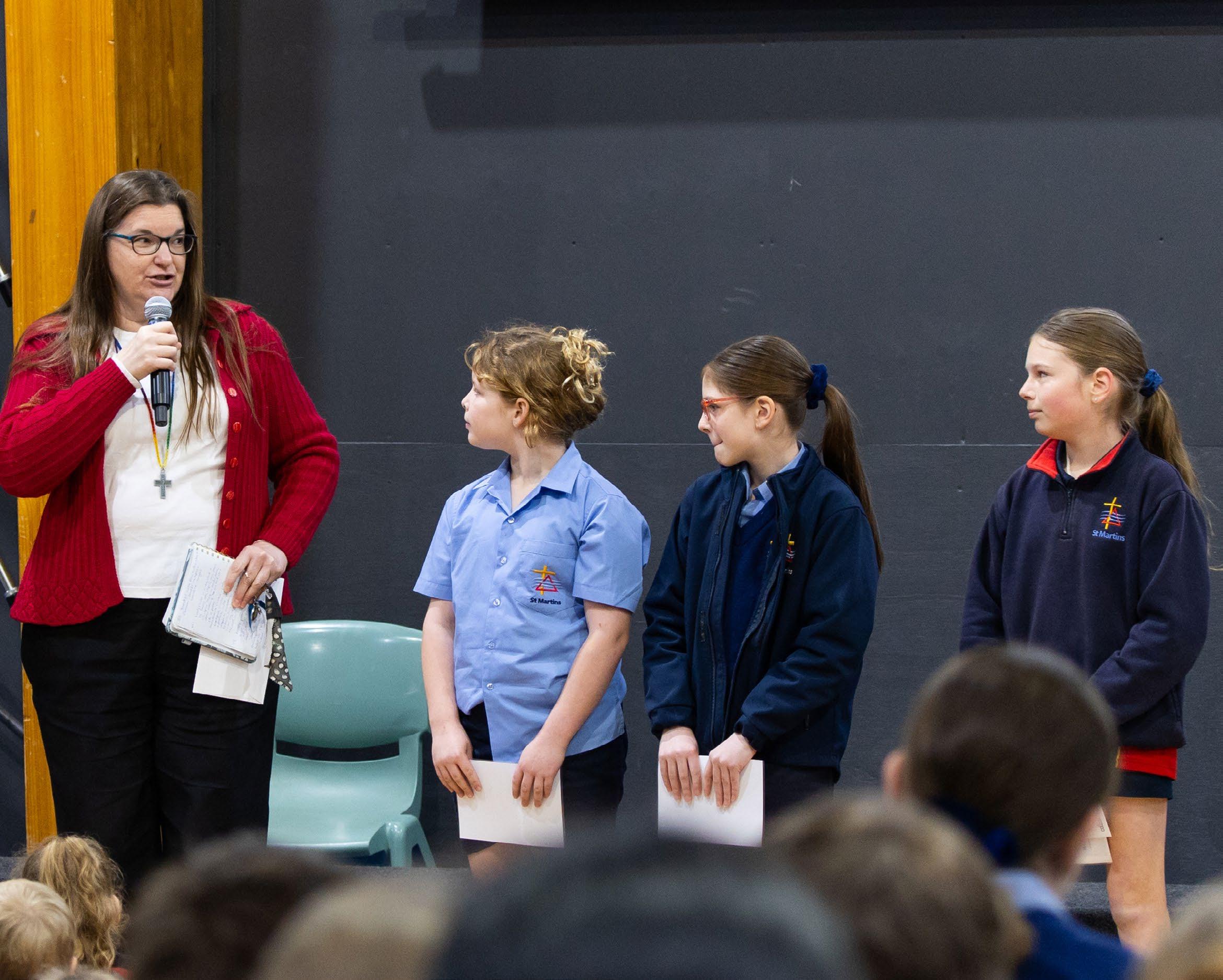
the wonders of winter, especially snow. She really enjoyed writing the story; she just had a little bit of trouble with some vocabulary, but her brothers gave her some suggestions!
In the Middle School, Vea Peciller earned the runner-up certificate with her entertaining poem about a person waking up as a snowman. The winner in this category was Mukudsheishe Chiodze. He also wrote a poem, describing the trees as “frozen sentinels”, the earth as “wrapped in winter’s swaddling” and the ground as “hiding the secrets it seems to know”. He mentioned some of the winter activities we all enjoy and created a sense of reverence for the earth’s majesty. Mukudsheishe said that he had been inspired by some books he had read about winter, as well as some other poetry. While he enjoyed writing his poem, he did feel a bit frustrated at
times when he struggled to find the right word. He is working on a fantasy/ adventure story in his free time.
Lucy Savage was the runner up in the Senior School category with her poem “Where the Land meets She”, which was connected to one of novels she is studying in her course. Cameron Venables was the Senior School winner. His evocative poem was filled with beautiful metaphors. He described the bare trees as “skeletal limbs” reaching for the light, the “icy wind” as a “mournful choir” and the sun as a “ghost” which left only “shadows in its place”. Cameron was inspired by a tree that he sees by the side of the road every day on his travel into school. He said that the tree almost looks like a human. He sees how the tree changes every season, and he empathises with it when it is so exposed in the winter. Cameron wanted to convey the timelessness and stillness
of winter, and he had a “grainy image” of the winter sky in his mind, like Vincent van Gogh’s painting “Starry Night”. Cameron started his poem in the middle, with winter, and then worked outwards – the beginning of the poem makes mention of autumn transferring to winter while the end of the poem refers to the transition to the promise of spring, restoring hope to all. He said he enjoyed the challenge of writing the poem.
We will run another writing competition next year with a different theme. We hope that students continue to experiment with language.
Enjoy being creative!


As we approach the end of another term, it’s essential to reflect on the professional learning journey our staff have undertaken, particularly focusing on the question, “What is our WHY?”— a concept inspired by Simon Sinek’s Golden Circle. A group of staff had the privilege of attending the FutureFest conference in Adelaide on 29th August. This served as a pivotal moment in rethinking our educational practices and future directions.
The conference began with an enlightening keynote by Louka Parry from The Learning Future, who challenged us to envision the future of schooling. His message, rooted in the idea of moving “From Provocation to Practice,” and this resonated deeply with us. Parry emphasised the importance of transitioning from simply provoking thought to taking actionable steps that translate into real-world educational practices. Drawing from data provided by the World Economic Forum 2023, he highlighted the urgent need for schools to adapt to the rapidly changing educational landscape.
Next, we were inspired by Nicole Dyson, CEO of Future Anything, who prompted us to consider, “It’s not what you know, but what you do with it.” Her keynote on the difference between engaged and compliant learners struck a chord with many of us. Dyson advocated for a capability-rich curriculum where knowledge becomes the vehicle for developing essential skills such as critical thinking, collaboration, and creativity. This shift in focus calls for the development of comprehensive frameworks that not only nurture these
capabilities but also provide a common language across the school.
A key takeaway from the conference was the realisation that as educators, we must work towards a wholeschool capabilities framework that is teacher-owned and student-led. South Australian schools, particularly with the development of the SACE Learner Profile, are uniquely positioned to lead this charge. However, this transition requires us to engage our young people early on, fostering these capabilities
from the ground up rather than expecting Year 10 students, when they are enrolled in Exploring Identities and Futures (EIF), to suddenly demonstrate and apply them.
One of the most striking statistics presented was that while 75% of students still use the ATAR as a pathway to tertiary study, 25%, or 1 in 4 students, use other measures. This begs the question: how do we start to change the way we think, and subsequently, change the way we do? As educators, we are chemically wired for change, yet often terrified of it. Embracing this discomfort is crucial if we are to prepare our students for the uncertain future that lies ahead.
“As
educators, we must work towards a wholeschool capabilities framework that is teacherowned and student-led.”
Our journey didn’t end at the conference. On the following Friday, Thalia Wesselingh, Jason Plunkett, and I led a workshop with our middle and senior staff, where we evaluated our Grow Challenge Inspire (GCI) initiative. This marked the beginning of our collective journey towards embedding capabilities within our curriculum. We reflected on our successes and challenges, charting a course for the future. The path is never straight, and it’s always challenging, but as educators and parents, we owe it to our young people to provide them with opportunities to understand and apply essential capabilities.
As we move forward, let’s keep in mind that “Momentum Matters.” It’s not just about starting the journey but maintaining the drive to see it through. Together, we can create an educational environment that empowers our students not just to succeed but to thrive in an ever-changing world.

Celia Mara Deputy Principal

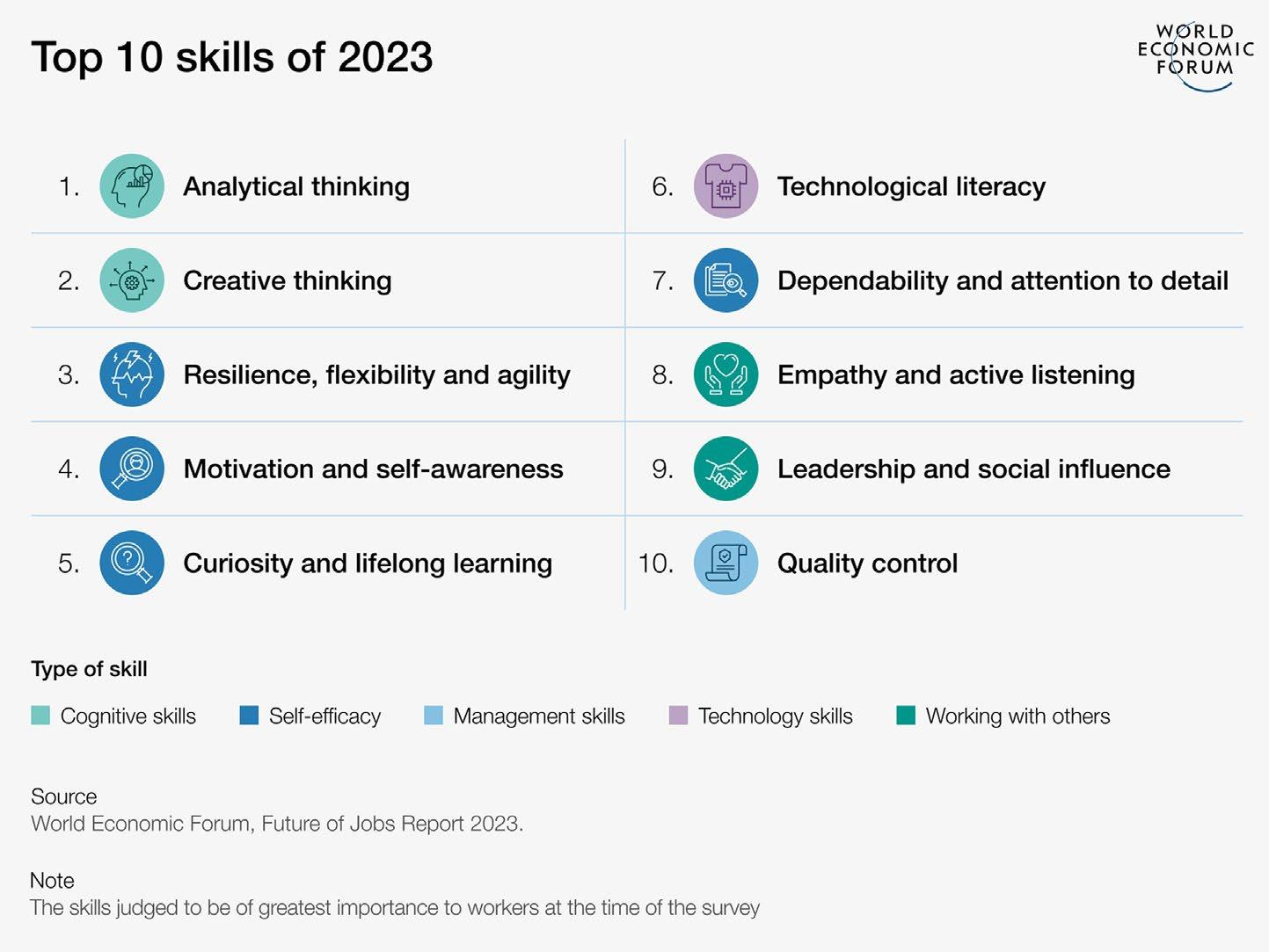
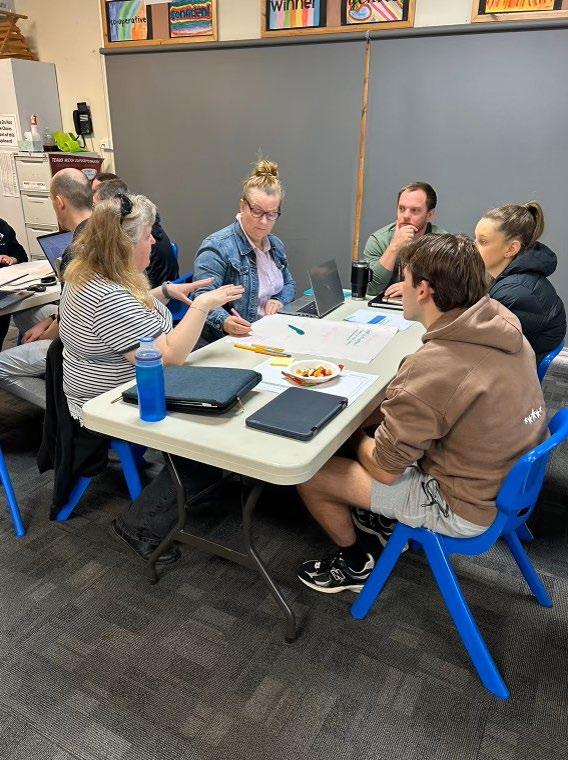


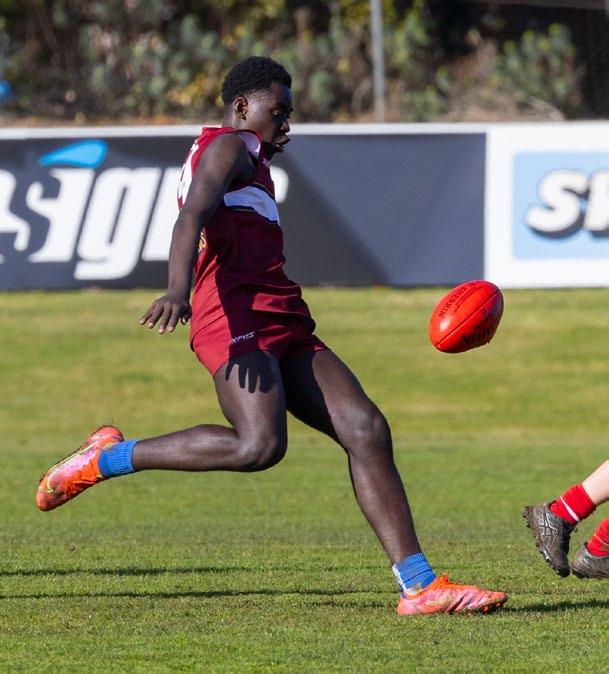



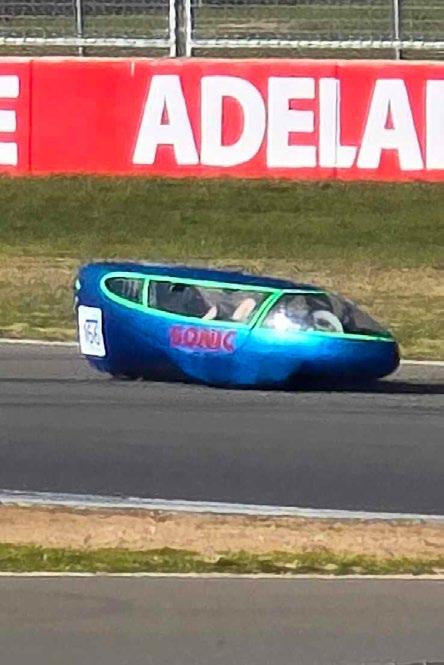
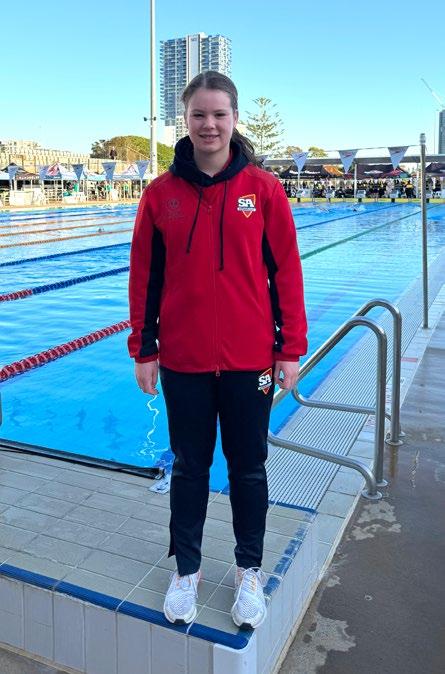





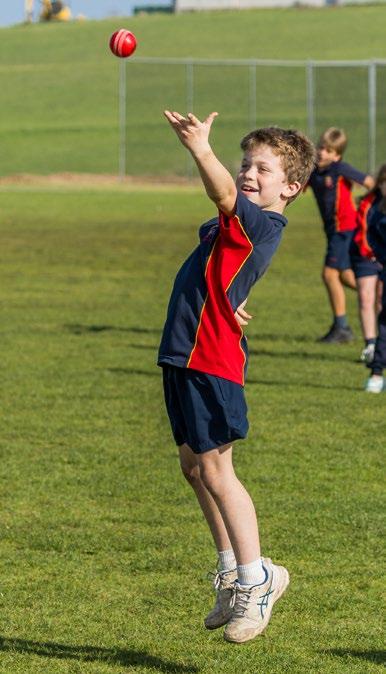



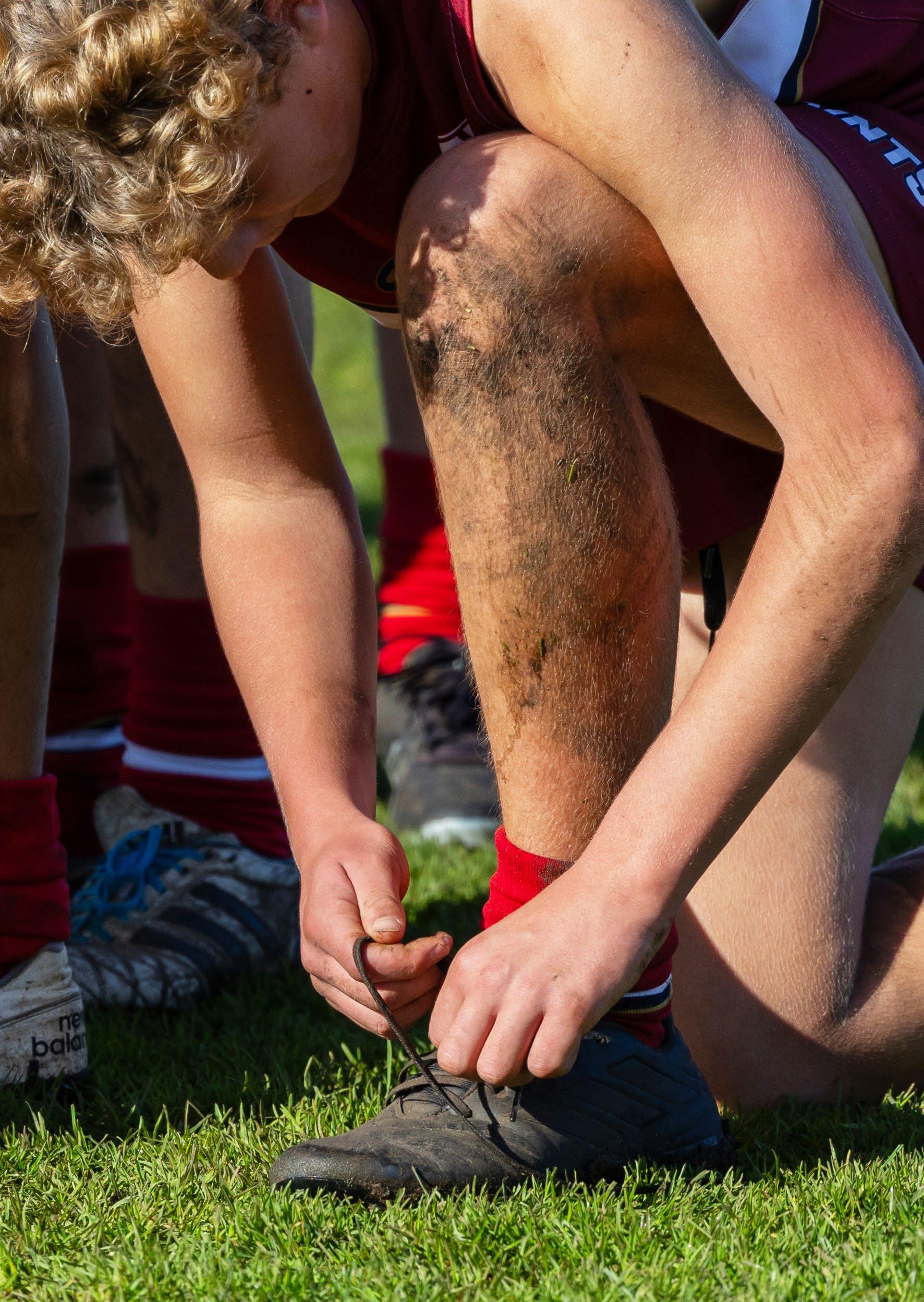
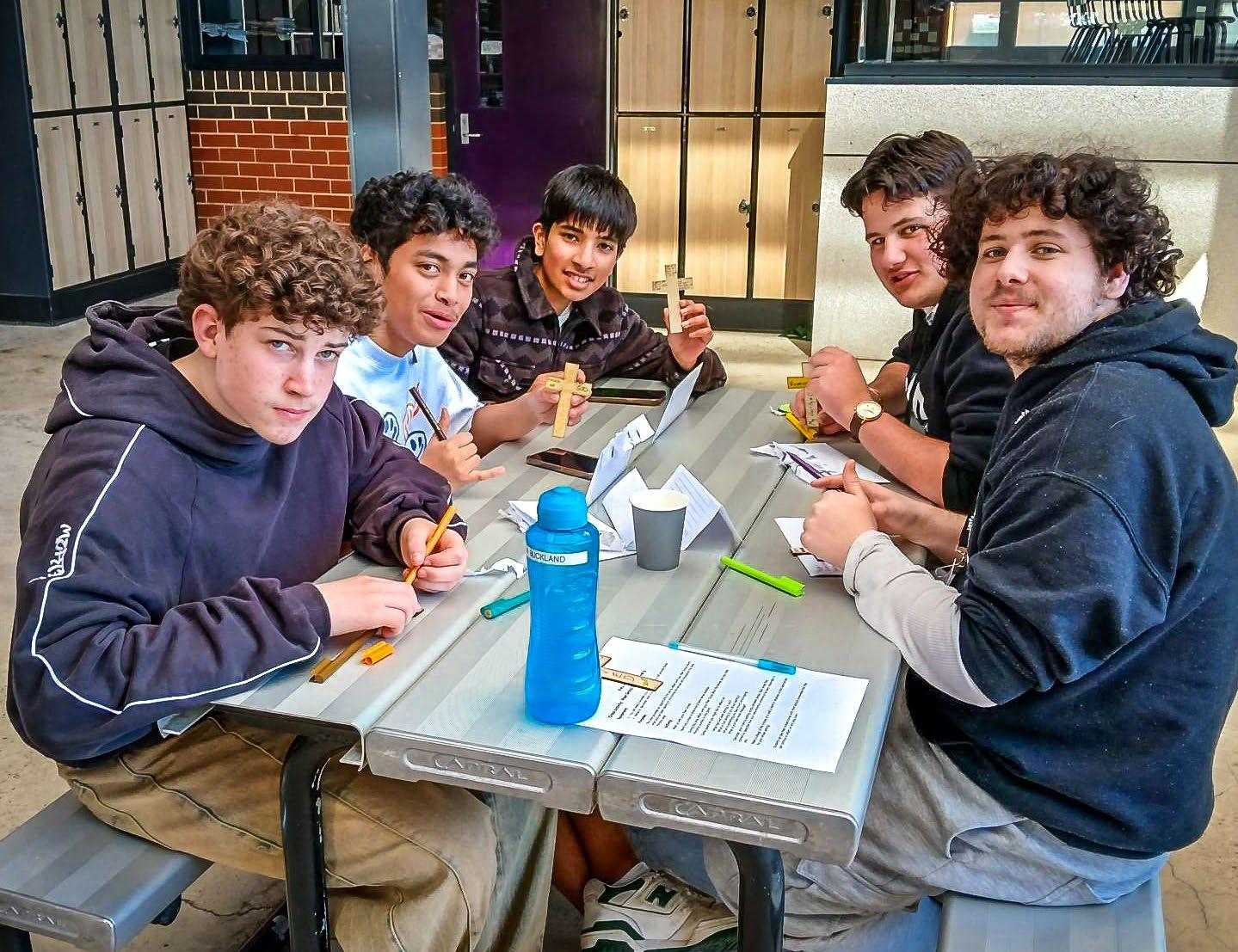
St Martins has included the subject Veta Morphus for its Year 11 students since 2009, with over 100 students participating in the course over the years, but many people may be wondering what it is. In conjunction with Veta Youth, the subject offers students the opportunity to complete a Certificate III in Christian Ministry and Theology whilst continuing their regular studies.
Within the boundaries of the Certificate III course, with the competencies required to complete the course, students grow in their Christian Faith as they focus on six key elements which were identified as keys to building discipleship. These were: regular
attendance with a Christian Community, regular connection with an adult mentor, regular meetings with fellow peers (the classroom component of the course), opportunities for ministry, regular interaction with the Bible, and attendance at retreats.
For many students the highlight of the course are the retreats. There are three of them in total, spaced out through the year, where students from a variety of schools come together in Adelaide or the Adelaide Hills to share their journey and to hear from key speakers. The bus trip to and from the retreat also provides an opportunity for our students to get to know each other, particularly
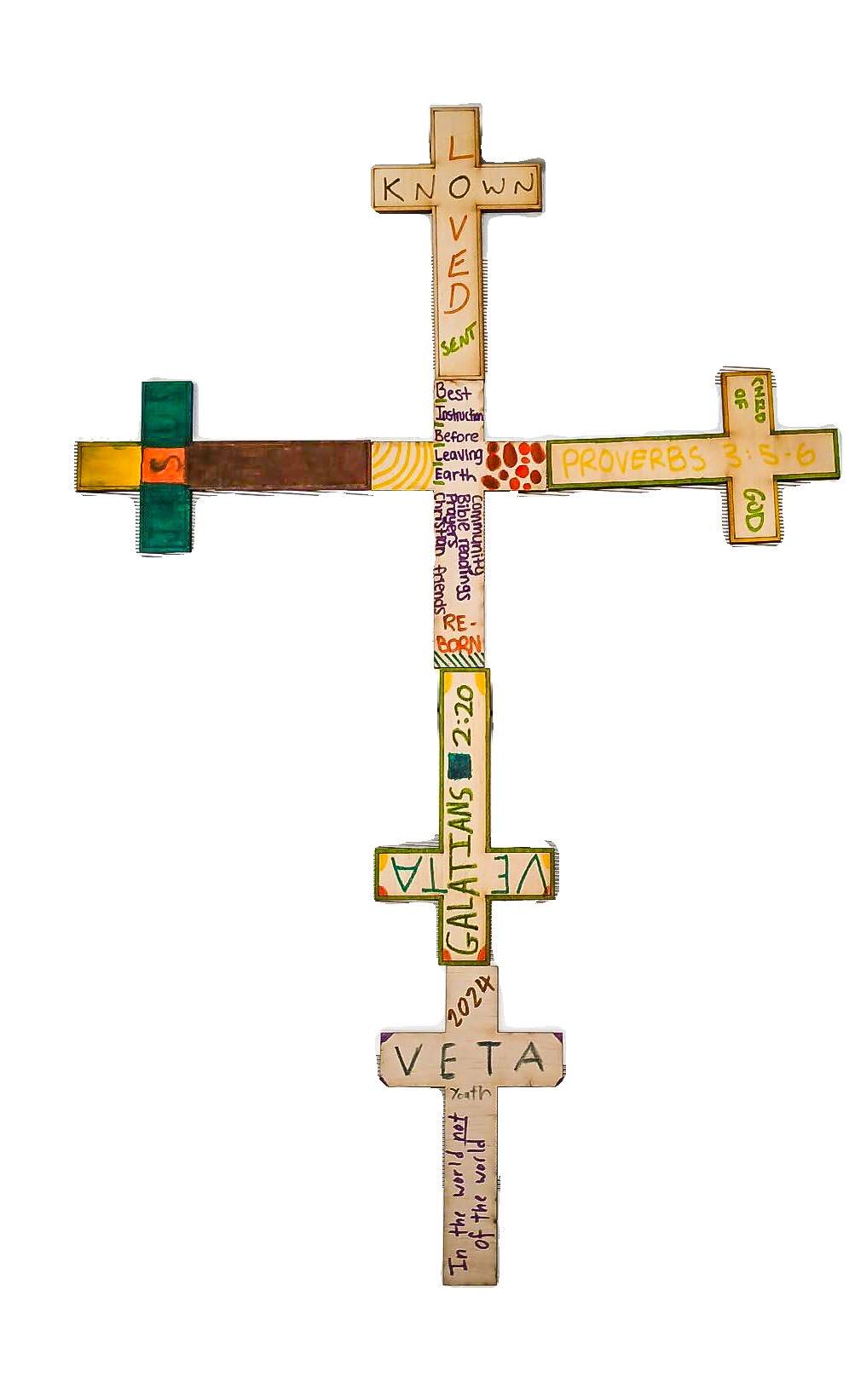

if they are coming from different faith communities or friendship groups. Being in the presence of other like-minded young people helps the students to be passionate about their faith at a time when it can be frowned upon among

Students are encouraged to have a daily connection with their Bibles, and are asked to journal about passages as part of a Bible reading plan. This helps the students to build the discipline of reflection on God’s Word that they will hopefully carry into their final year of High Schooling and into their daily lives. Whilst many students find this difficult at the time, they appreciate the opportunity to delve more deeply into God’s Word and reflect on its meaning for their lives.
Students also participate in a Christian Community, usually outside of school.
Much of the competencies rely on the reflections that students make regarding their ministry, interactions with their trusted adult mentor, journalling and Christian Community, but they are also required to research and present on three key areas related to their faith journey. They include a presentation on a Biblical question they might have; one of the ways that their faith might interact with the wider community and culture; and a question that they may have personally. These presentations are great opportunities for growth in understanding about how to apply Christian principles to life’s questions, and each of us learn so much from each other’s presentations.
“Being in the presence of other like-minded young people helps the students to be passionate about their faith.”
We are very thankful for the support we receive from the wider Christian Community as they also facilitate leadership in ministry areas such as kids church, youth groups, music ministry or social media ministry.
Overall, the students who choose to participate in Veta Morphus are quite positive about the experience, especially as they can see how much they have grown in their faith with the opportunities that Veta Morphus provides.
If you would like further information about the Veta Morphus Course, you can contact Mr Buckland at jasonbuckland@stmartins. sa.edu.au, or visit the Veta Morphus website at https://veta.au/veta-morphus/

Buckland


Wesley Olivier
Good day St Martins family,
Can you believe that we have come to the end of Term 3? And what a big term it has been! As we continue with our year’s theme of A Time for Peace, we spent Term 3 focusing on Finding Peace with Others
To kick off this journey, the staff spent the first day of the term having a full-day retreat at the Main Corner. During the retreat, 125 of us worshipped together and were blessed to have Pastor Mitch administer Holy Communion to us. We spent some time recognising how important it is to have hope as a community if we want a better future. We looked at how we can encourage one another, and finally, we each got to do something we love, which brings us peace and joy — whether that be reading a book, going for coffee, doing
art, stretching, or other soul-restoring activities. From the ministry team’s point of view, we felt privileged to have the opportunity to lead the staff through this special day.
One of the key focuses for the day came from St Paul’s Colossians 3:1:
“Set your hearts on things above, where Christ is seated at the right hand of God.”
We read this statement through a lens that invites us to believe that We CAN DREAM, We CAN believe that there is a BETTER WAY, because for us, the theology of ascension teaches that Jesus has power over all things and the power to bring about His vision and dream for the universe, for our world, and for our lives. During our retreat, we said that this statement by Paul is a huge declaration of hope because it
means we can know and believe that there is a better tomorrow because Jesus has ascended for the sole purpose of making the universe move towards what is good, just, and righteous. We can find hope, knowing and trusting how things are going to end because there is only one outcome possible— God’s good future! We can dream big for a better future because God has given Jesus the authority to bring about that good future. We were each challenged to ask ourselves:
“Are you still dreaming of BIG things, of AMAZING things, for your life, for your family, for your work, for your purpose for living?”
This is a question we would love to leave with you as we get ready to enter the last term. Do you still have hope for tomorrow?
Another highlight of the term happened in Week 6, where St Martins hosted Principals and Directors from Lutheran schools and kindergartens throughout South Australia, Western Australia, and the Northern Territory. They got to see and experience both our beautiful city of Mount Gambier and our wonderful College. From a ministry perspective, Thursday was a retreat day where we spent time being still and learning how to listen to God through His direct words to us, His words in scripture, and His words to us through others. Then, in Week 7, the whole school focussed on finding compassion for children around the world through our fundraising efforts to support our two compassion kids, Hiya from Bangladesh and Emanuel from Honduras. The purpose was to raise awareness of just how lucky we are to be living in Australia and to become aware of some of the challenges that other children face around the world.
During the term, we said “goodbye” to Trish Bruggemann, who went on maternity leave to give birth to a beautiful baby boy. We wish Trish and Isaac all the best for parenthood and their new, ‘bigger’ family.
For Term 4, ‘sleep-deprived’ Isaac and I, are excited to be already planning for our theme Finding Peace with Life. In the weeks to come, we will be focusing on what it means to find peace by living life in all its abundance as Jesus called us to do in John 10:10, and how to find peace by living in harmony with creation. Another exciting event we are looking forward to is the Year 12 final service and faith walk on October 18, always a very special milestone in their school career here at St Martins.
“We
can dream big for a better future because God has given Jesus the authority to bring about that good future.”
From the ministry team, we wish you a wonderful two-week October break. May you find peace through the gifts of God such as family, friends, and the enjoyment of life itself.
Faith in Grace, Wesley Olivier Director of Ministry



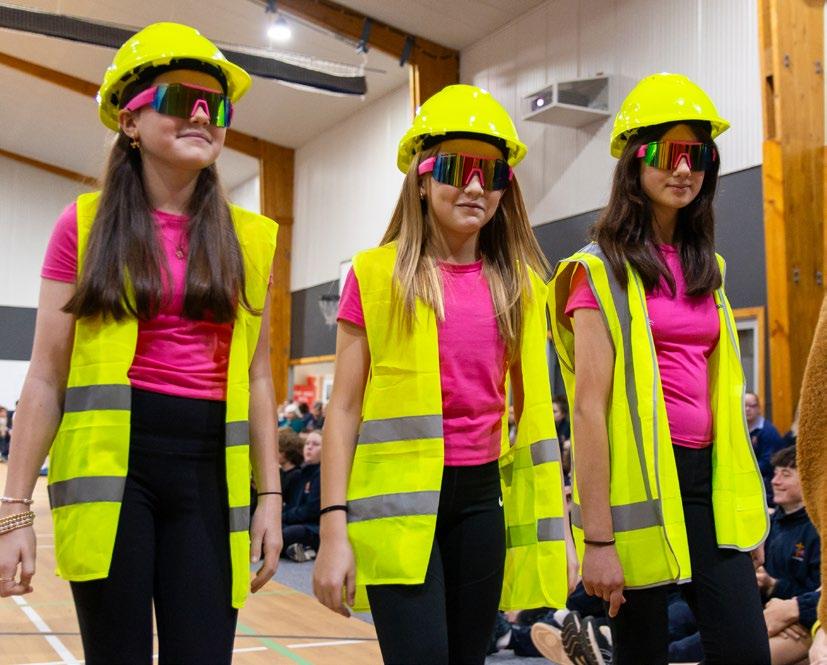

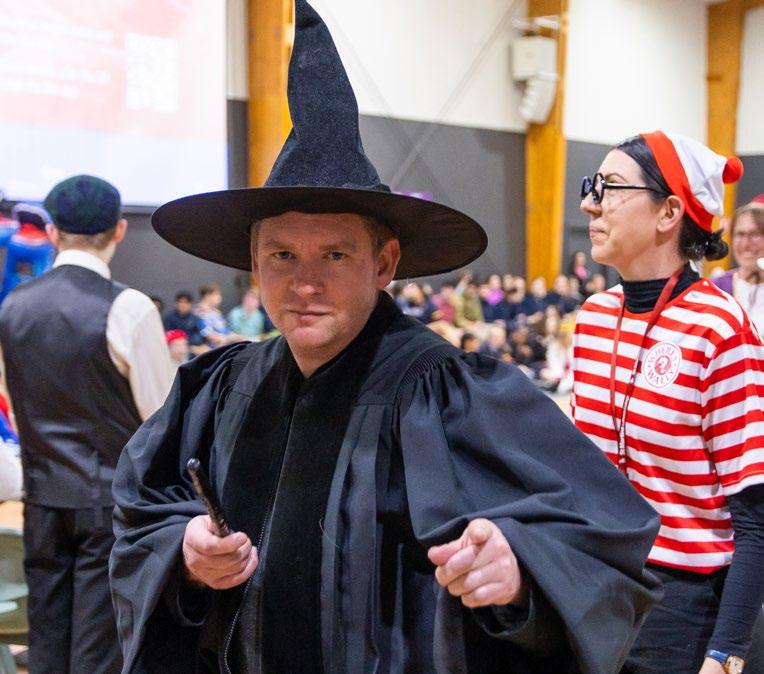


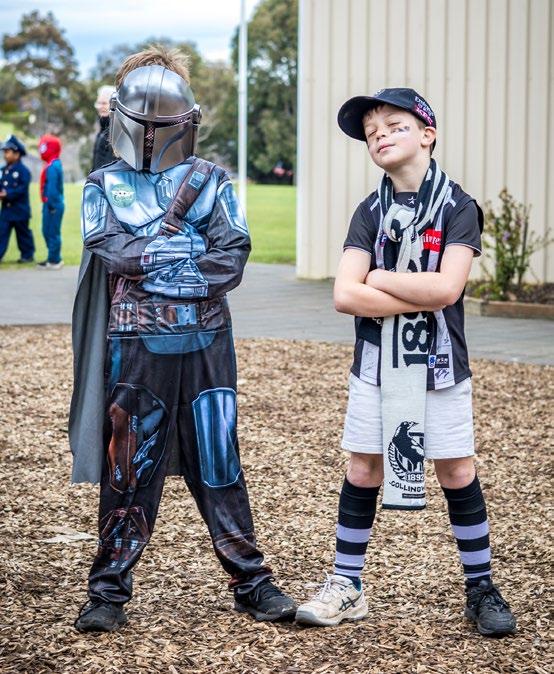
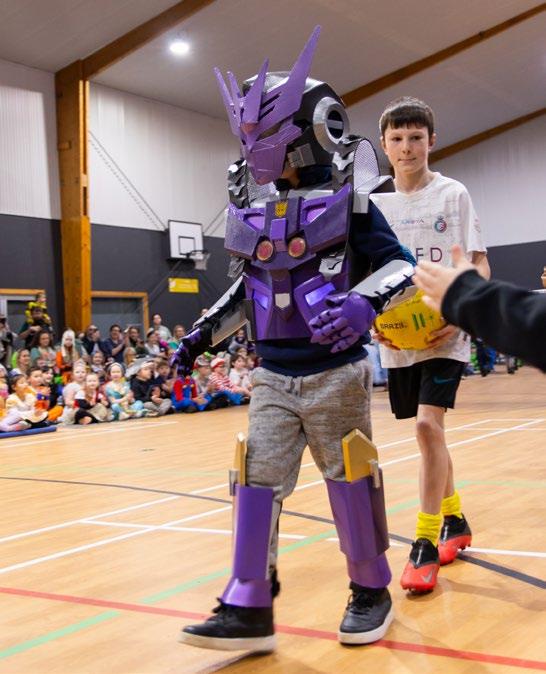

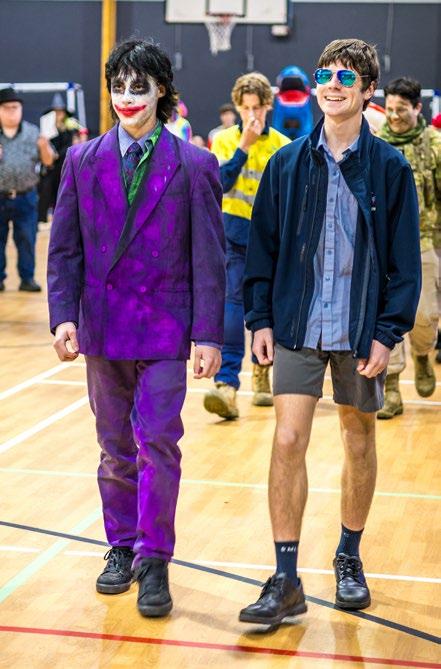
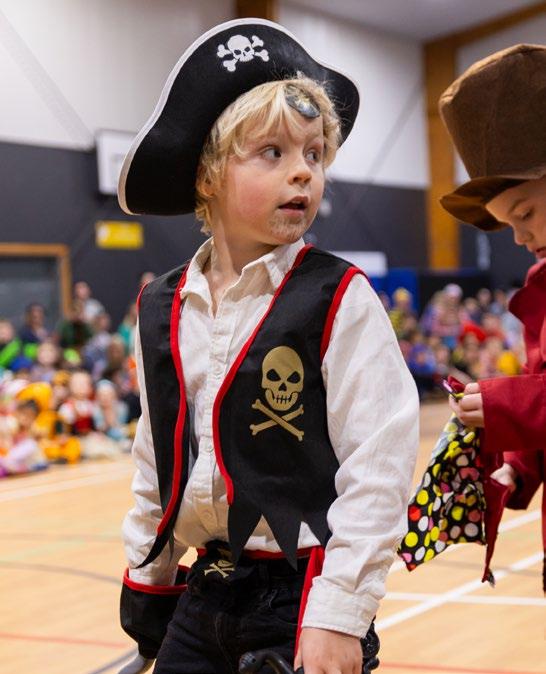
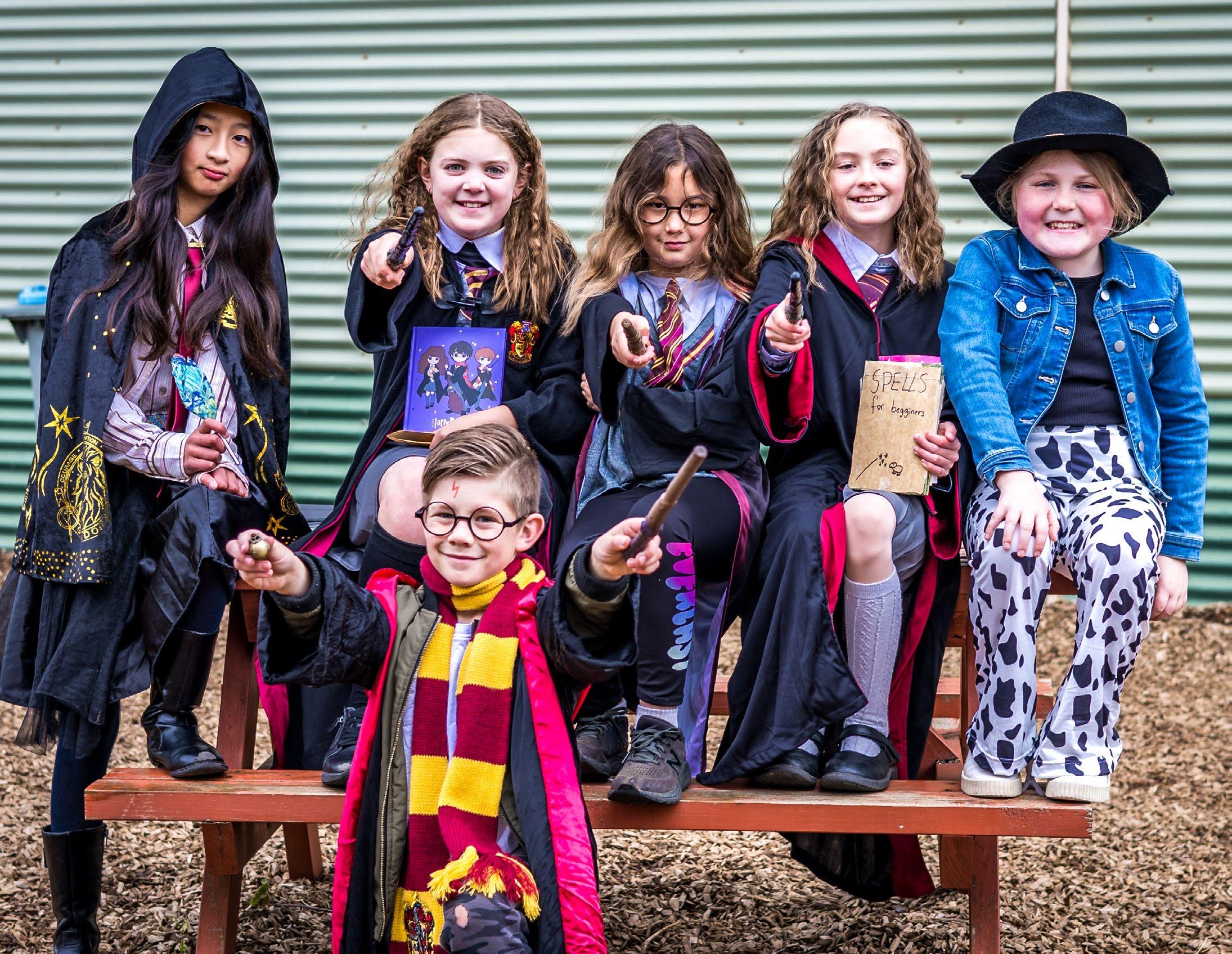

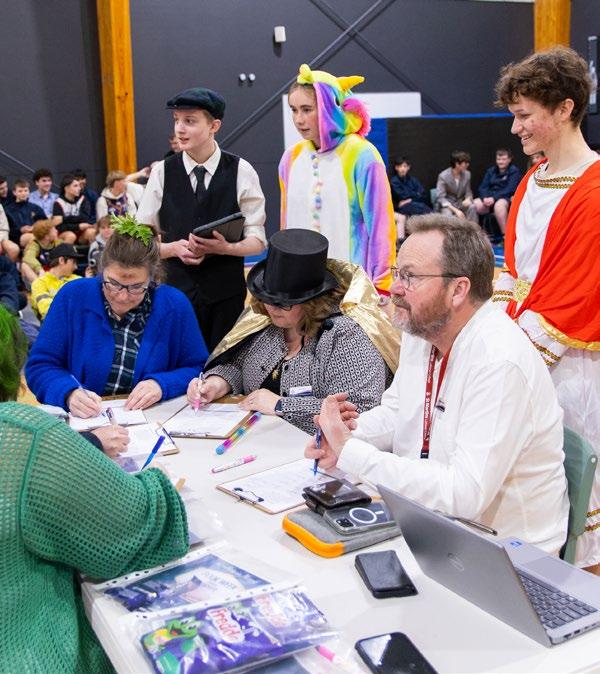




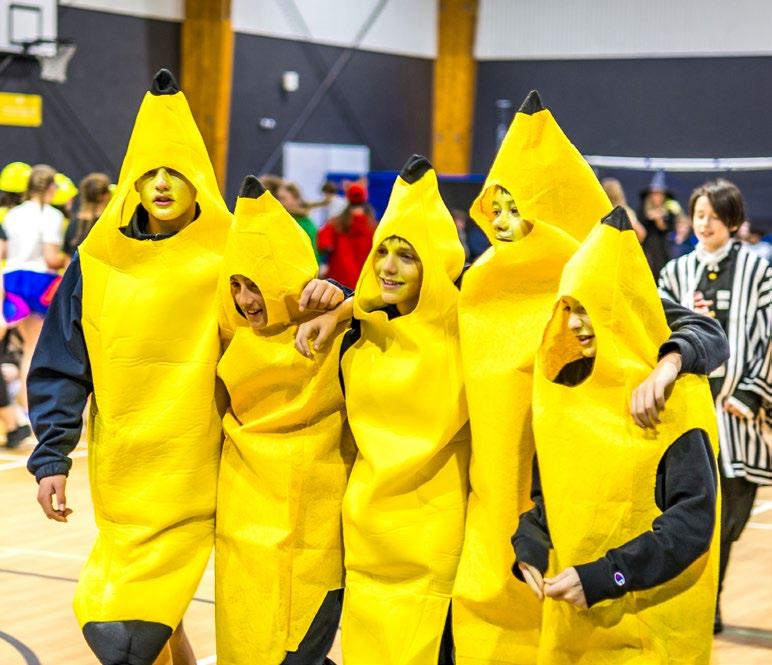
The Rite Journey is a well-being programme created by Andrew Lines, a teacher at Cornerstone Lutheran College in Mount Barker over twenty years ago. After getting a group of interested staff trained at the end of 2018, we commenced implementing the programme in 2019.
The premise of the Rite Journey is that our modern Western society and culture has lost the idea of rites of passage. There is nothing that signifies to our young people that we now consider them young adults in our society, and that this comes with expectations and responsibilities regarding how they will conduct themselves.
This often leads to two outcomes. If we don’t make it clear to our young people that we see them as young adults, then they will continue to behave like children, well past the time when they
should have started acting in a more mature adult-like way. Or alternatively, if we don’t provide them rites of passage to demonstrate their growing maturity, they create their own rituals that they associate with adulthood. This may include, drinking, sexual activity or other unhelpful risky behaviours.
The Rite Journey aims to fill this gap for young people at a key point of their life, creating a rite of passage where they are supported to transition to adulthood.
All St Martins students undertake the Rite Journey at Year 9, participating in single sex groups led by a teacher guide. Students are timetabled to attend their Rite Journey group three lessons a week. The staff who lead the groups try to position it in such a way that it is different to a traditional lesson. The classroom will generally be set up in a circle, so students and staff are all on
equal footing. This format also better suits the nature of the time, which is often focused on discussion. There aren’t tests or assignments. It is simply a time of discussion, reflection and growth.
The Rite Journey is structured around the idea of the Hero’s Journey. It starts with the call to adventure. Students then depart on their journey towards adulthood. Throughout the year students are guided by a number of supportive adults, apart from the teacher guide, including their parents or carers, and mentors.
During the year students are provided with a variety of challenges which aim to strengthen their resilience, and teach them how to manage success or disappointment in life. They encounter situations which are described as the abyss, where they are taken out of their comfort zone to help them to learn about themselves.
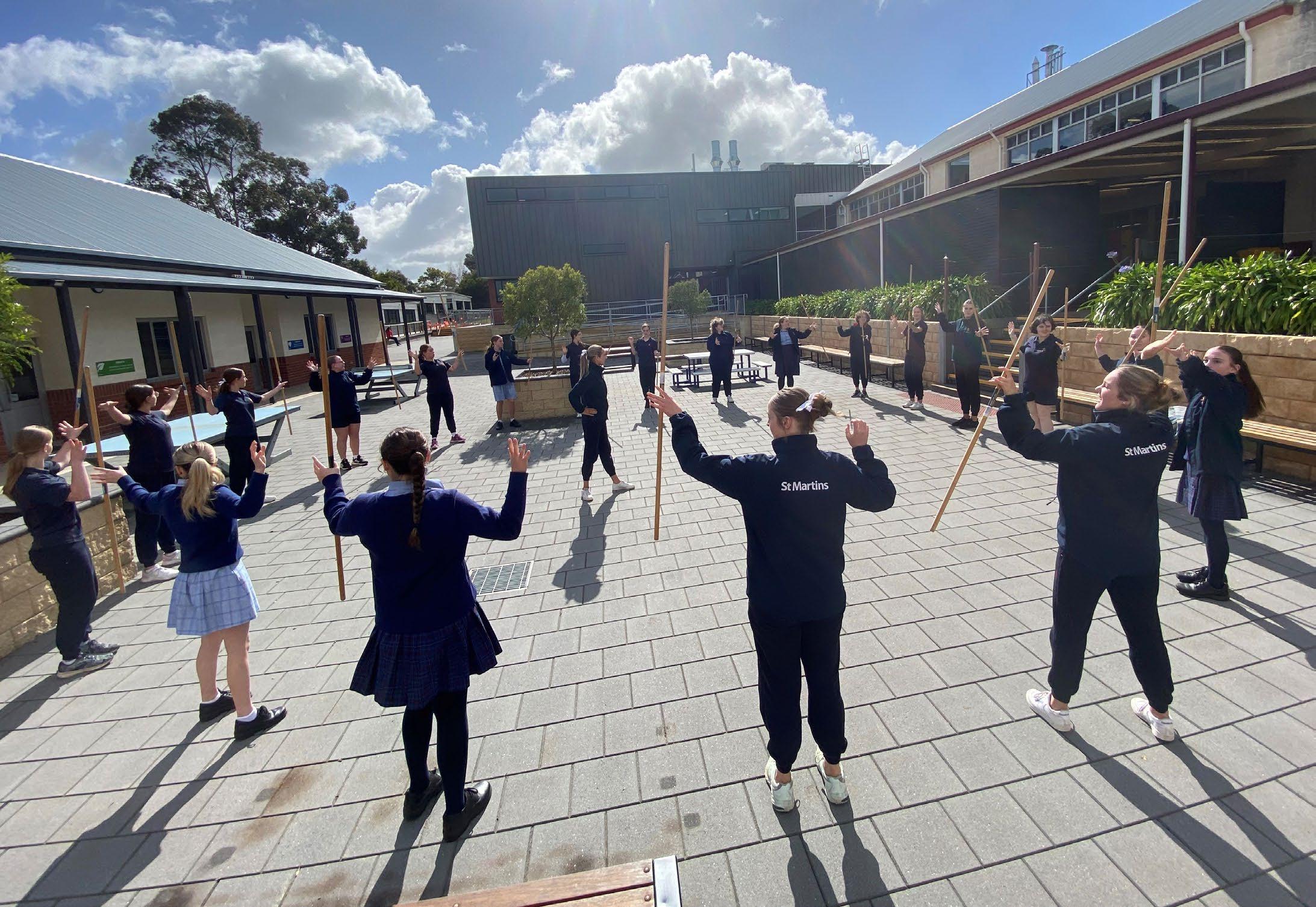
The year concludes with the return and the homecoming where they reflect on what they have learned and experienced, as well as the gifts and skills they will take with them into adulthood.
As part of the Rite Journey, students participate in a camp to Halls Gap early in the year. In addition to the usual relationship building of a camp, students are presented with a number of challenges including High Ropes activities, hiking and kayaking.
“The premise of the Rite Journey is that our modern Western society and culture has lost the idea of rites of passage.”
As highlighted, a large part of the Rite Journey involves deep conversations facilitated by the teacher guide.
The year starts with a focus on Who Am I Really? Students examine their own life story, how they have gotten to the point they are at, the influence of their immediate and broader family, and the events in their life that have shaped the person they are today.
From there we move on to How Do I Get On With Others, focusing on relationships, dealing with conflict, dealing with emotions, peer pressure among many other topics.
Next we consider Is There Something More, examining their values and what they see as important and mattering, considering the big questions of our human existence.
We finish the year working through What is My Purpose and What Do I Have To Give? This really focuses transitions students through to young adults who understand that the whole world isn’t all about them and the need to think of others. It finishes their year of journey, thinking about who they want to be and what they are going to bring to their communities.
A key part of the Rite Journey are a solo camp experience which is part of the Abyss part of the programme. Students spend a night camping, aiming for no
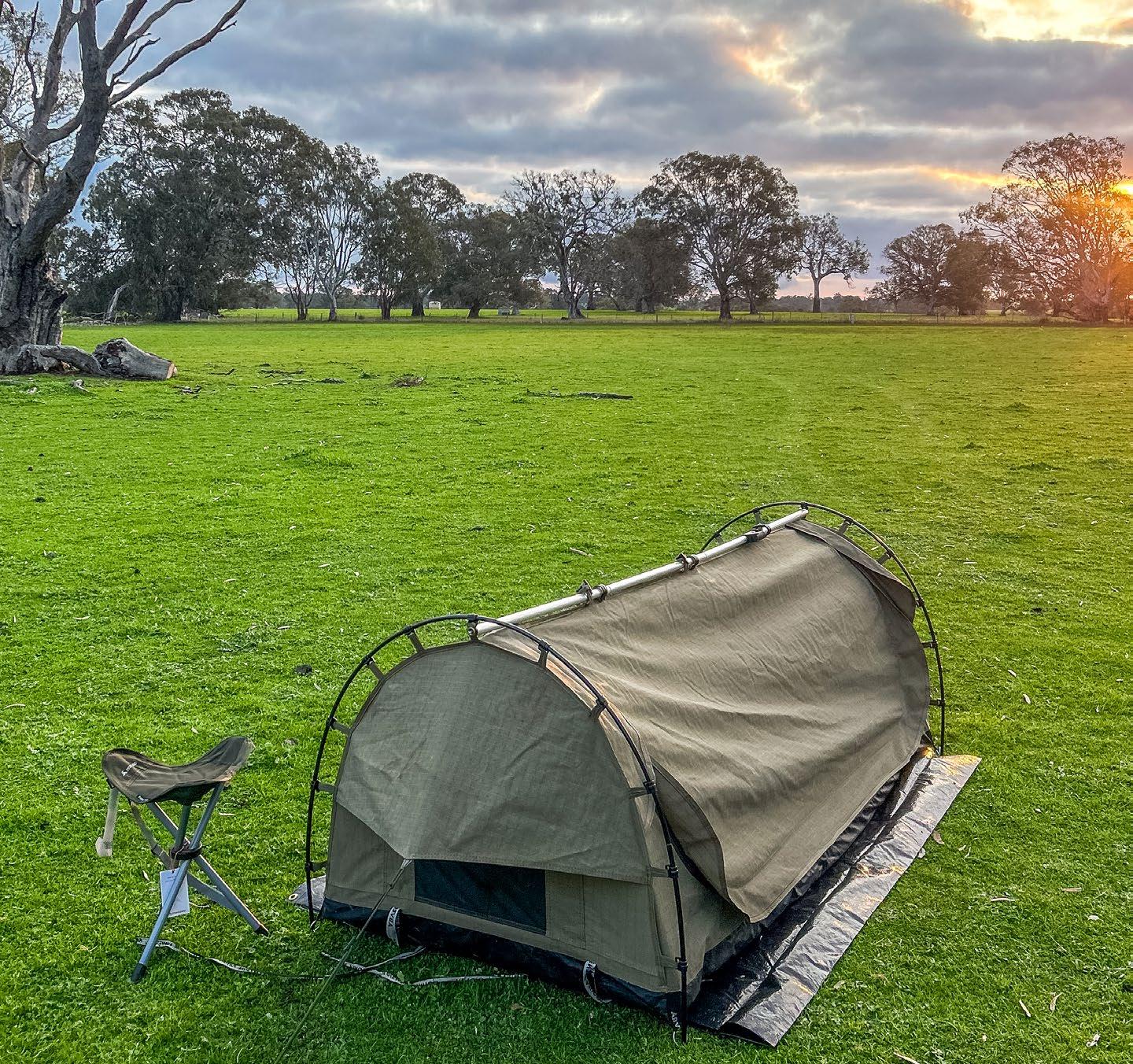

interaction with people, giving them a space to contemplate their journey through life.
Another key element is a mentoring project. Students and families work to select someone to mentor the student, working through a project of some kind together. This can range from the adult teaching the young person a new skill over a period of time, to a simple regular catch up. The aim is to add another positive adult to the student’s circle, knowing that having a variety of positive adults in a young person’s life can strengthen their well-being, and mean that if one relationship is struggling,
there are other adults who can support and take up the strain.
The Rite Journey has had a significant impact on the well-being and educational outcomes since we started delivering it, and has been important in sending students into the Senior School well prepared as young adults, ready to contribute positively to our school and the broader community.
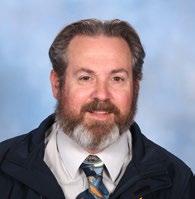



The annual St Martins Art Show is fast approaching. This year the opening night will be held on Thursday, the 24th of October at 6.30pm in our College gymnasium. The works will stay on display until Thursday, the 31st of October. The artwork produced by students this year covers a variety of themes and styles, with secondary Visual Arts students studying artforms such as armature sculpture, surrealism, cubism, and other art movements. Also on display will be a range of works by Photography students, covering genres such as Colour Pop, Still Life, and more.
“It is always fabulous to see so much quality artwork across the various year levels.”
As the College has grown in size, the amount of artwork created by students has increased immensely. It is always fabulous to see so much quality artwork across the various year levels, however, it has become increasingly difficult to find space to showcase all student work.
For this reason, the College has moved to having a curated exhibition this year, where only selected pieces of work will be displayed across all year levels. This will still be a whole school event, however, displayed work will be just a sample of the many hundreds of pieces of work that have been created this year.
As has been the case in previous years, we have a range of prizes to be awarded to students across a range of year levels and categories. Prizes include, but are not limited to, best Junior School, Middle School, and Senior School artwork, best sculpture, best photograph, and more. People’s Choice awards will also be awarded, based on voting by attendees on the night of the opening.
Our opening night will include catering by our amazing Food Technology students and the event will also showcase the musical talent of our many band and instrumental students. It truly is a celebration of the many creative endeavours of our College members.
We look forward to seeing you on opening night!
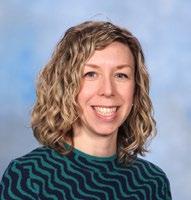


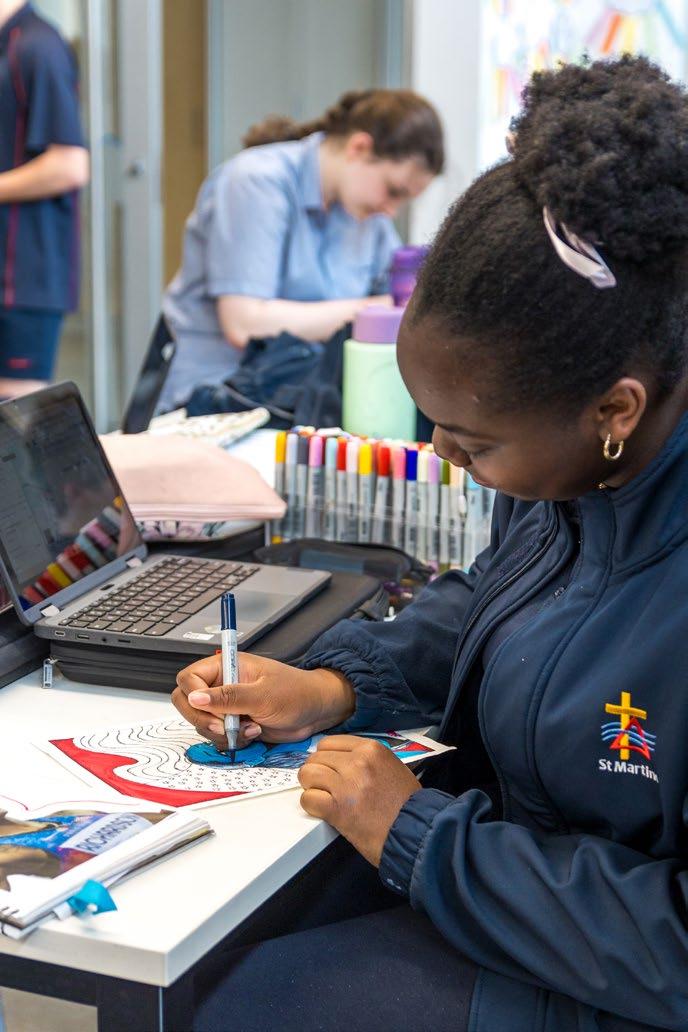

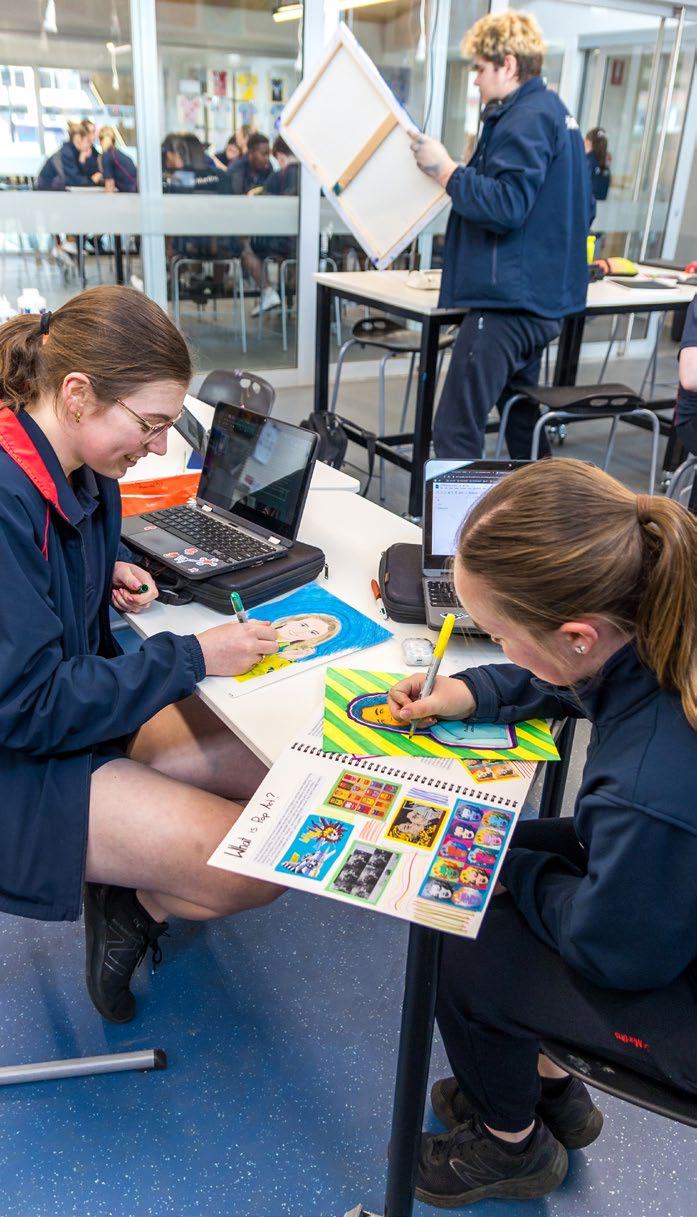
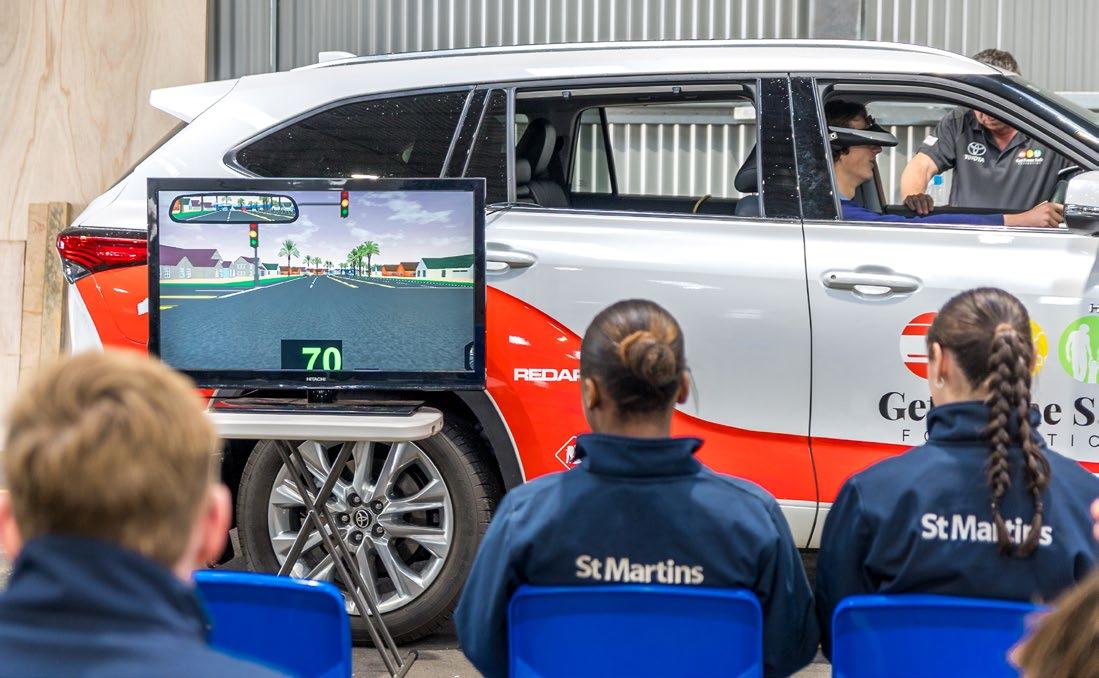


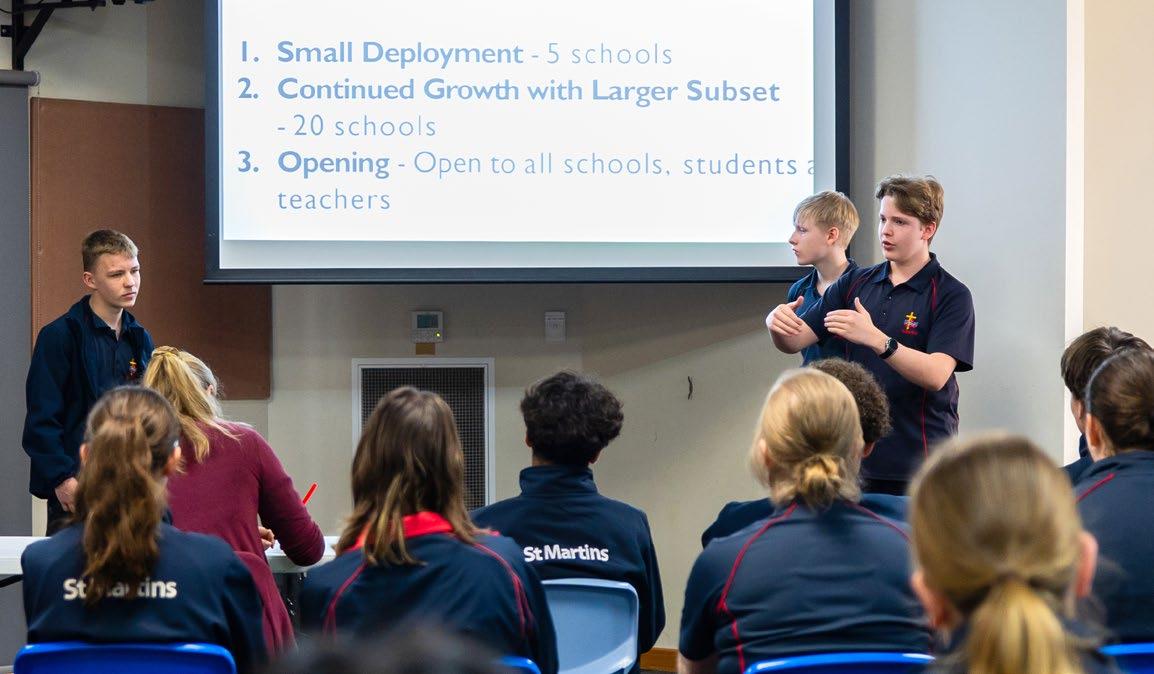
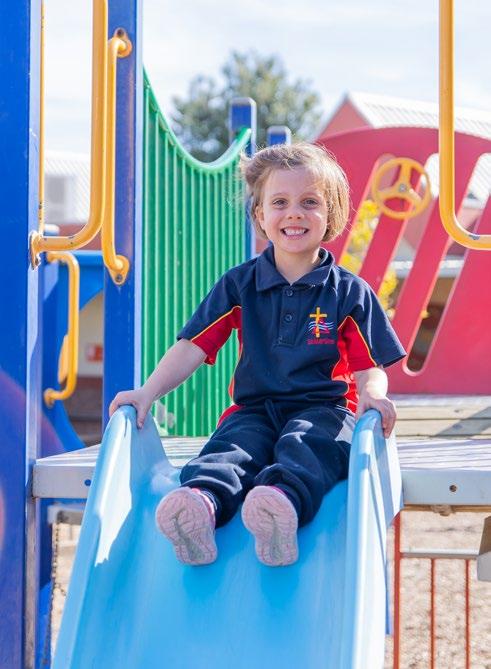






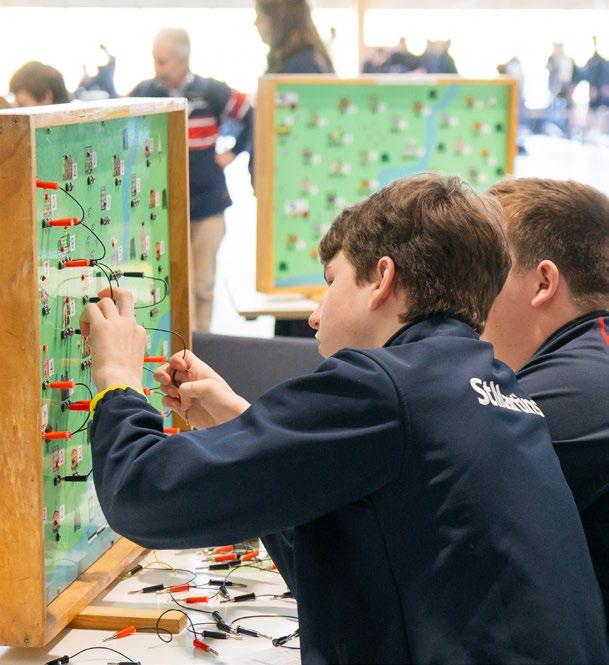
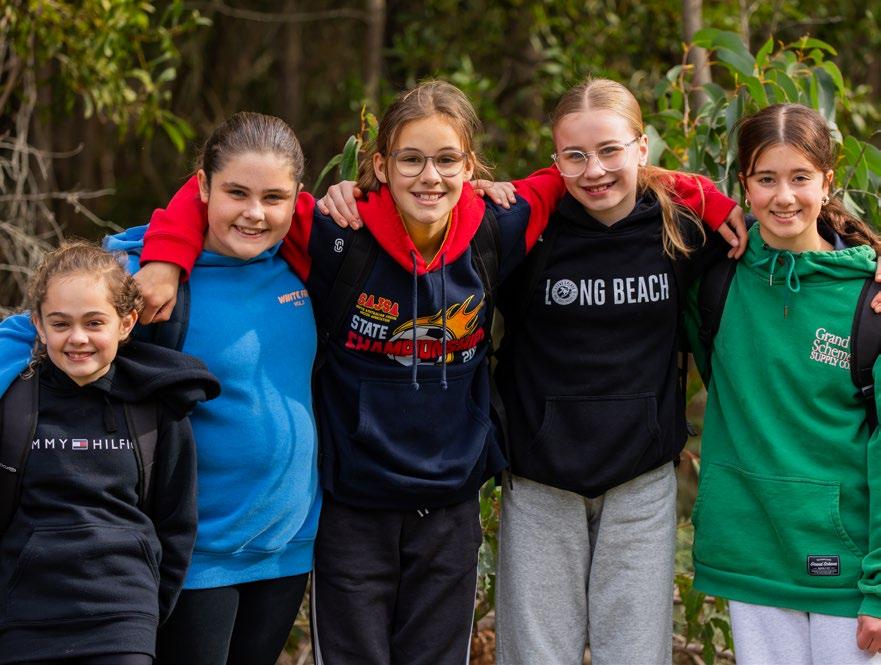
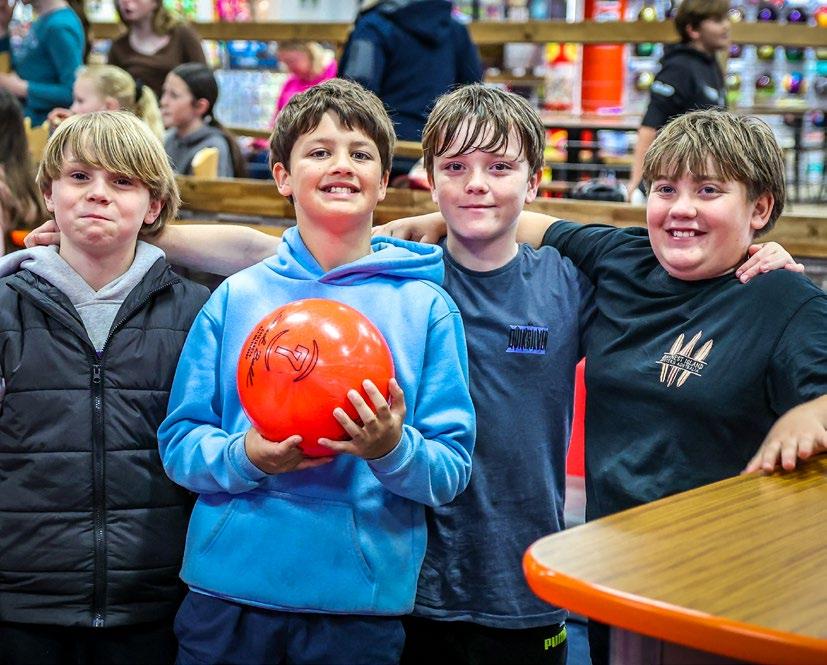


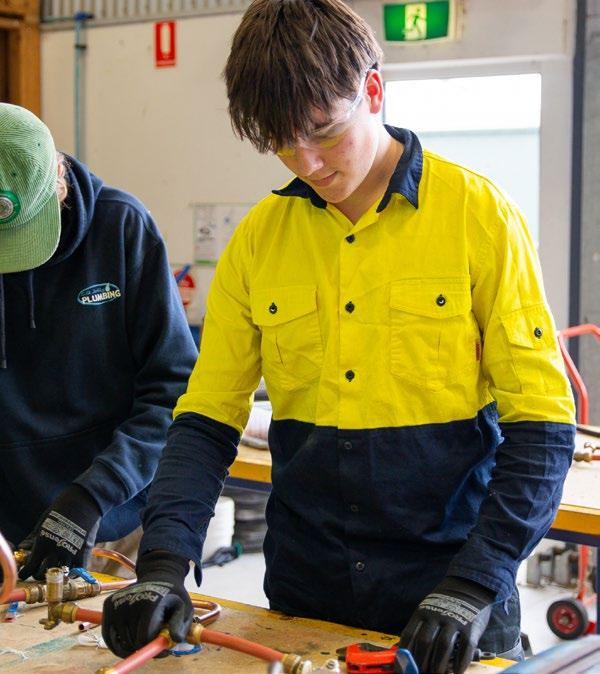
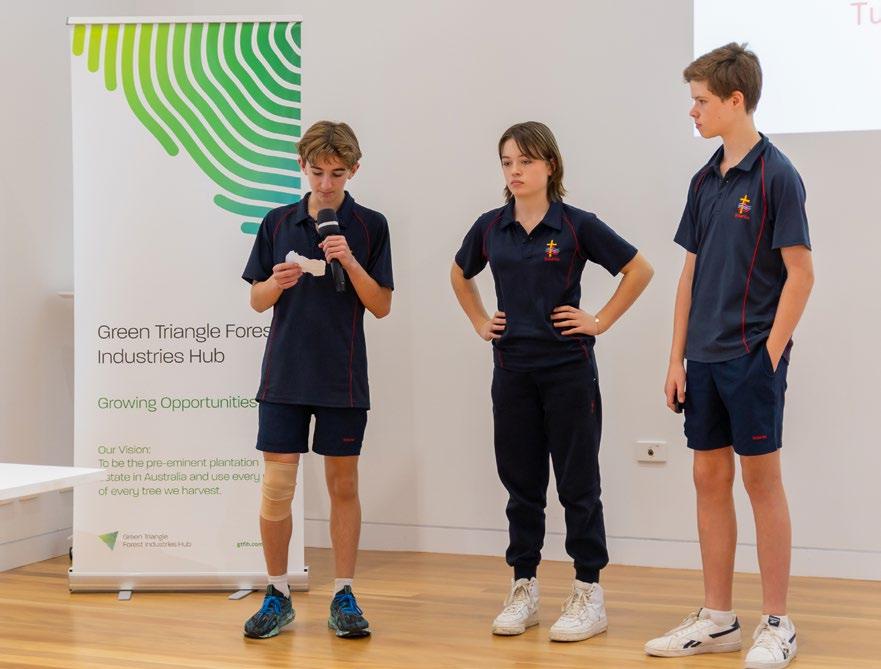
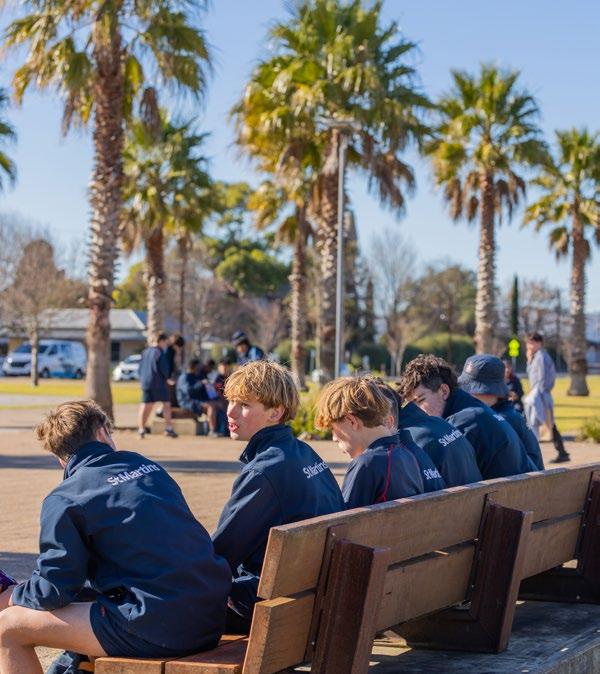
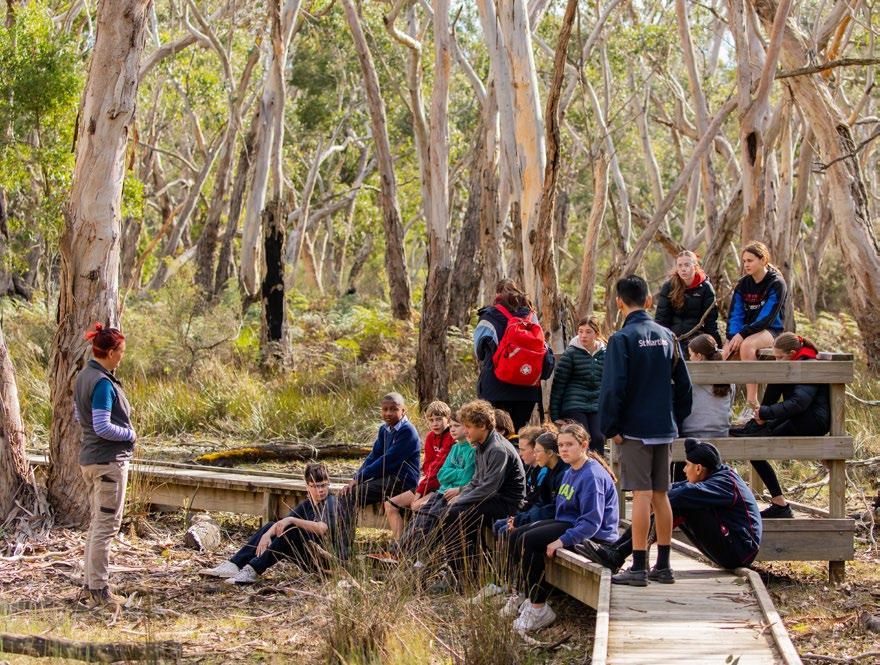
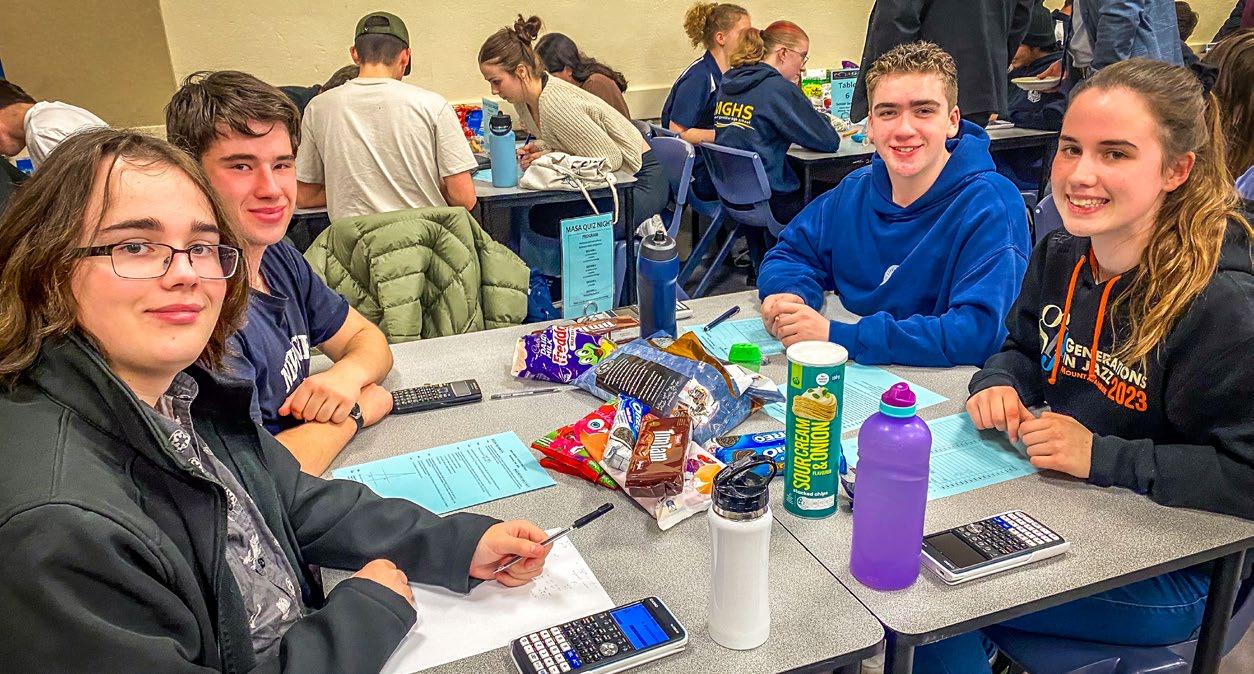
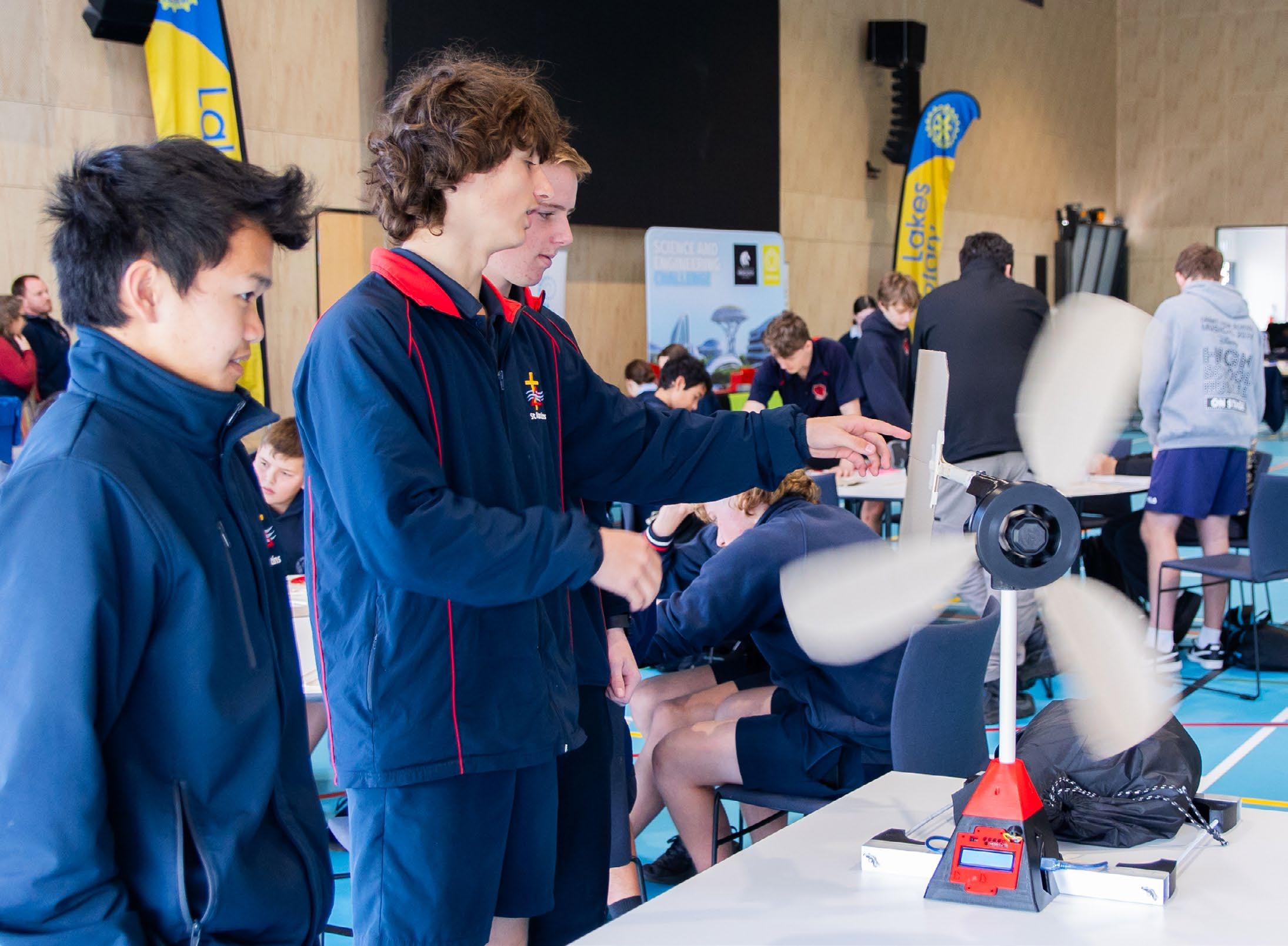
On Thursday, 15th August, 30 enthusiastic science students from Years 9 and 10, along with Mr Ryan Fisher and myself, ventured to Wulanda to compete in the 2024 Science and Engineering South East Regional Challenge, organised by the University of Newcastle.
The students were divided into eight groups and tasked with solving reallife engineering problems. While most groups undertook two half-day challenges, one group took on the fullday task of constructing a bridge that could span a distance and support a vehicle carrying weight.
“The University of Newcastle has been running this event across Australia for over 20 years.”
Each of the other groups undertook two of the following:
• Confounding Communications: Sending secret spy messages using light.
• Electracity: Lighting as many buildings as possible at minimum cost.
• Flight: Fly in medical supplies to a flood ravaged town using an autonomous glider.
• Helter Skelter Shelter: Build an earthquake proof apartment block for the Gold Coast Commonwealth Games.
• Job Juggle: Solve 2/3 scenarios of scheduling issues for major events.
• Fish Traps: Designing a configuration to catch specific fish (marbles) while allowing others through.
• Windmills: Creating a windmill that can withstand high winds and generate the greatest number of rotations.
Each challenge earned points, and by the end of the first session, our students were proudly sitting in third place! After a delicious BBQ lunch provided by the local Lions Clubs of Mount Gambier and Millicent, and a quick game of basketball to burn off some energy, we moved into the second round.
The day concluded with each school demonstrating their bridge designs by running vehicles across them until they collapsed. Our team’s bridge, cleverly constructed in a rectangular prism shape, could be placed in any orientation. While it initially touched the floor and failed on the first run, a quick reconfiguration solved the issue. However, it was no match for
Naracoorte High School’s bridge, which impressively held up to a whopping 9kg.
The students found the Science and Engineering Challenge to be a day filled with excitement and discovery. Jai summed it up perfectly: “It challenged me. It’s good to see different types of science.” Grace loved how the tasks pushed them creatively, saying, “It really forced us to think outside the box.”
Elmer appreciated the teamwork aspect: “It was great to be part of a team,” while Misty and Molly enjoyed meeting new people and forming friendships: “It was good to meet new people and make some new friends.”
In the end, Naracoorte High School took home the win and will now compete in Adelaide for a chance to secure a spot in the National event in Townsville. We wish them all the best in representing the South East.

A big congratulations to our fantastic scientists who participated so well in each of their challenges and were a credit to St Martins. Well done!
The University of Newcastle has been running this event across Australia for over 20 years, providing thousands of budding scientists with the opportunity to engage in real-life problem-solving challenges.
Are you heading into Year 9 or 10 next year and up for a challenge? This could be the perfect event for you to get involved in!

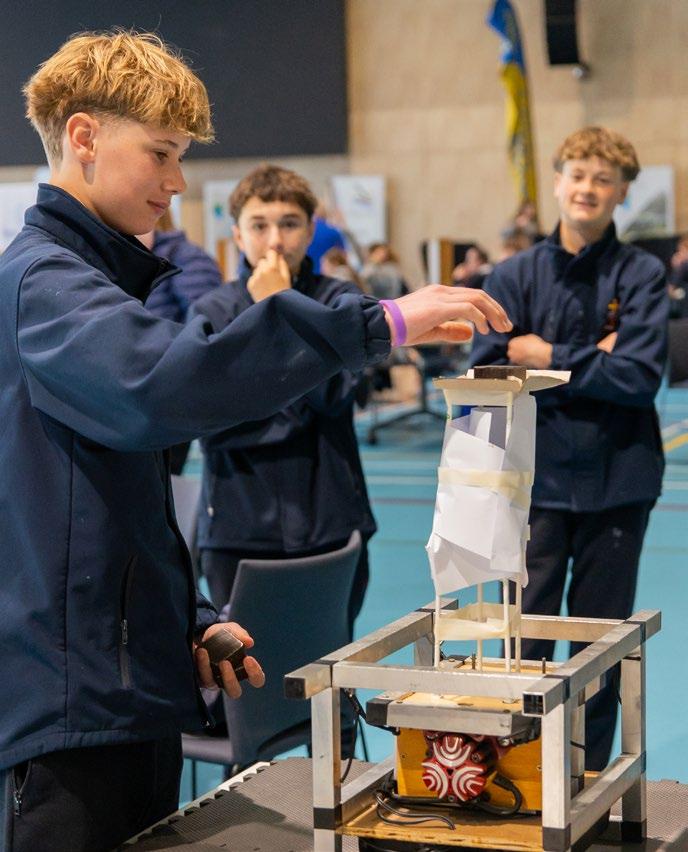

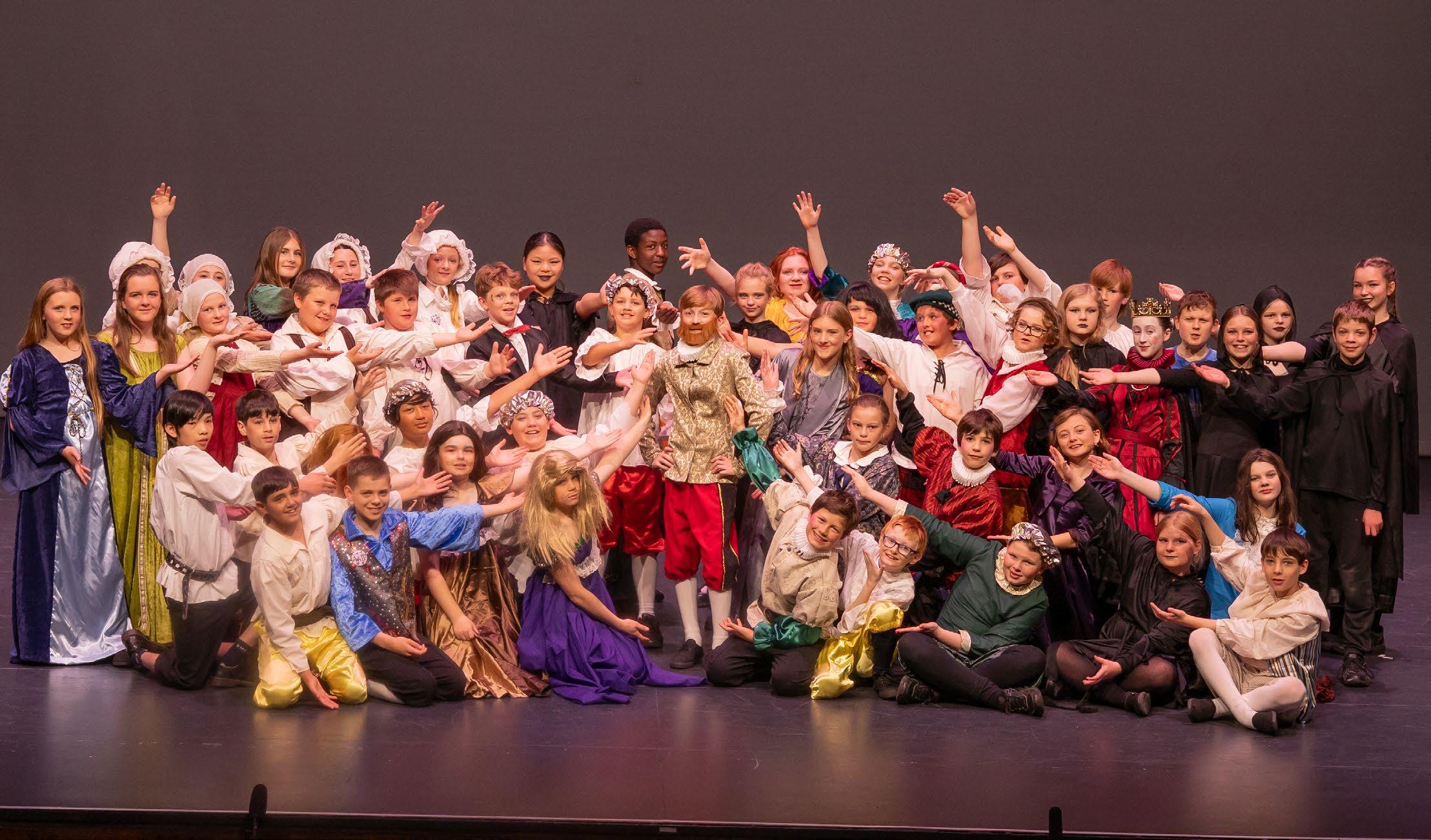
Preparing for the Year 6 musical is a lengthy but fulfilling process that spans approximately eight months. From the first week of the school year, rehearsals commence twice a week for around an hour and a half per session. This continues throughout three terms, alongside weekly music lessons where students learn the songs. Around 45 minutes each week is also dedicated specifically to dance practice. During Term 1, students spend time familiarising themselves with the script and exploring the roles they wish to audition for. Auditions take place at the end of Term 1, where students perform a small scene. By the April holidays, roles are assigned, and Terms 2 and 3 are spent working on blocking (determining stage positions and line delivery) and rehearsing the full show. Meanwhile, teachers work diligently behind the scenes to source and create props and costumes, ensuring all elements of the production are prepared.
A key part of the musical preparation is Musical Mania Week, held two weeks before Performance Week. Instead of attending camp, students go to the
Mt Gambier Presbyterian Church Hall, where there is ample space to rehearse, and props can remain set up for the entire week. The mornings are dedicated to intensive rehearsals, while the afternoons feature various fun activities. These include visits to the Valley Lakes playground, make-up and costume photoshoots, and performances of songs for the residents at Woodlands and the reception children. There is also an evening dinner outing, and the week concludes expelling any leftover energy with ten-pin bowling or trampolining.
“The final performance was particularly memorable, as it was open to the public and included a supportive audience of family and friends.”
This week is crucial for several reasons. It provides students with the opportunity to use props for the first time, and
seeing their classmates in full costume helps make the production feel real. Performing for an audience during Worship offers students an initial taste of stage performance, motivating them to give their best effort as any lack of energy is more noticeable when in front of a crowd.
Following the rigorous rehearsals during Musical Mania Week, confidence was high leading into performance week, as students were well-rehearsed with their lines and songs. However, illness affected several cast members in the final weeks before the show, necessitating contingency plans in case certain students couldn’t perform. Fortunately, a few confident actors were ready to step in and cover for their peers if needed.
Despite these challenges, the students delivered three outstanding performances at the Sir Robert Helpmann Theatre. The final performance, held on Friday night, was particularly memorable, as it was open to the public and included a supportive audience of family and friends. The adults in the audience especially enjoyed the humour and responded
enthusiastically, which greatly boosted the students’ confidence and elevated their performance.
Before the performances, students experienced a mixture of nerves, excitement, and anxiety. However, by the end of the final show, they were filled with pride and a sense of accomplishment. The adrenaline rush and the thrill of the successful performances left them excited, but there was also a sense of sadness as the experience came to an end.
“The Year
6 musical is
always a
special part
of the school calendar, offering students the chance to grow in confidence and experience the magic of theatre.”
The feedback from the audience was overwhelmingly positive. Many congratulated the students on their acting and singing, with particular praise for the costumes and the overall energy of the performance. The catchy songs were another highlight that received plenty of compliments.
As for the 2025 musical, there are no hints to share just yet. With this year’s production only just concluded, planning for the next one is still some time away. The focus will shift back to regular school activities during Term 4, and discussions about next year’s show will begin after everyone has had a chance to recover. Announcements about the 2025 production will come at the start of next year, so for now, it remains a mystery!
The Year 6 musical is always a special part of the school calendar, offering students the chance to grow in confidence and experience the magic of theatre. Each year brings its own unique challenges, but the end result is always rewarding when the students step onto the stage and deliver a memorable performance.

Halleday Year 6 Teacher



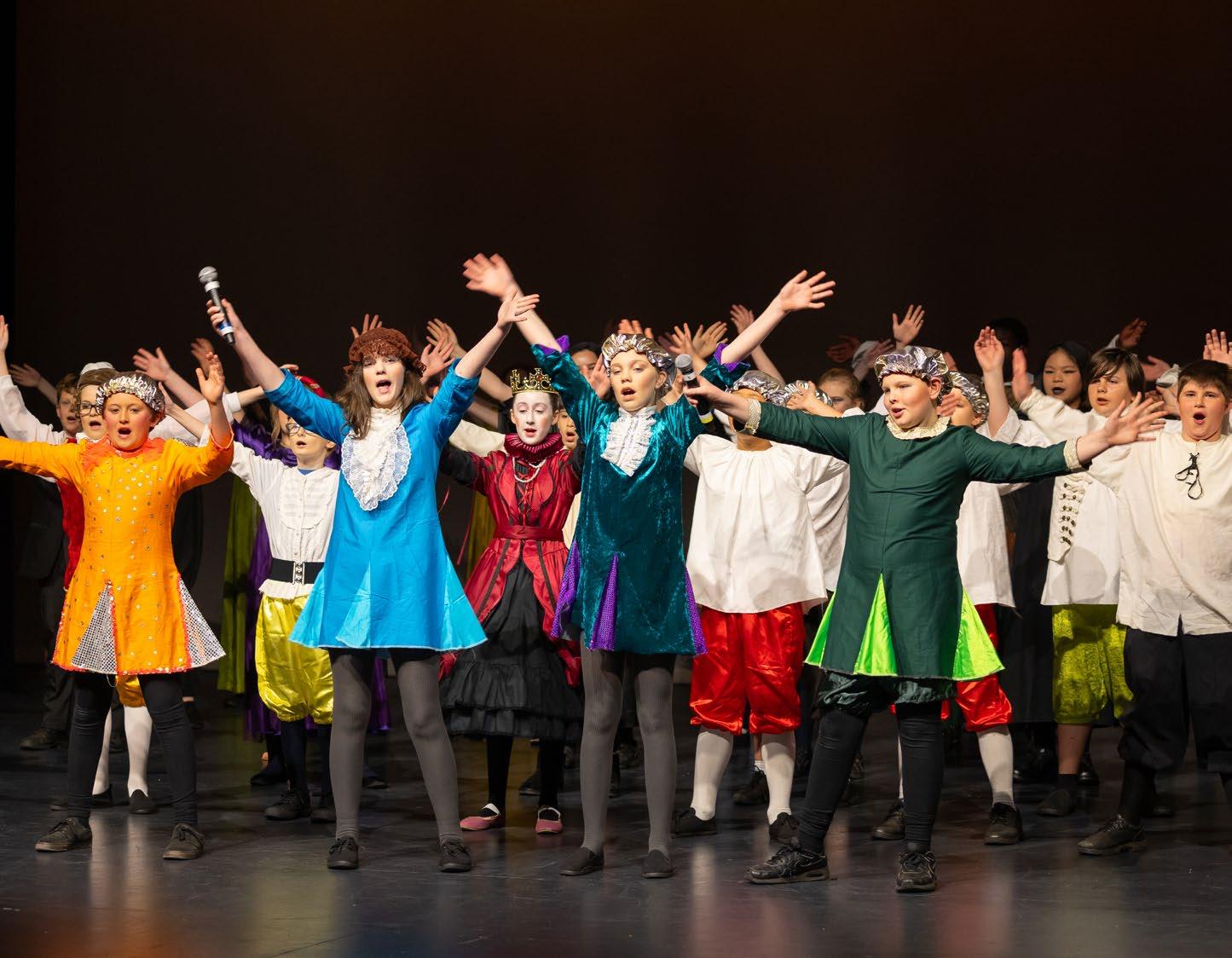
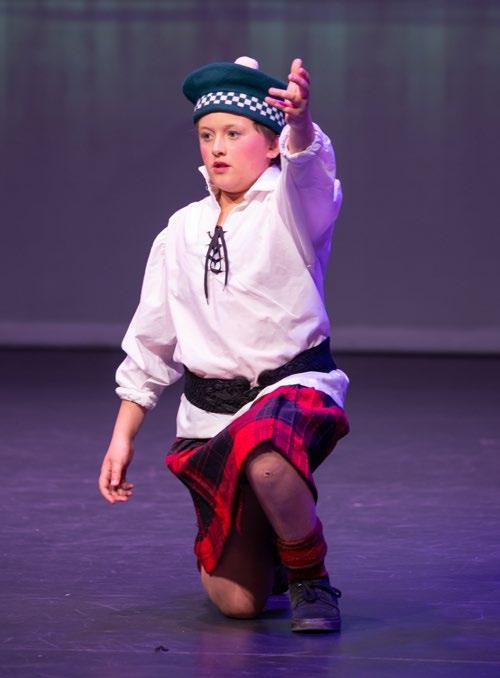

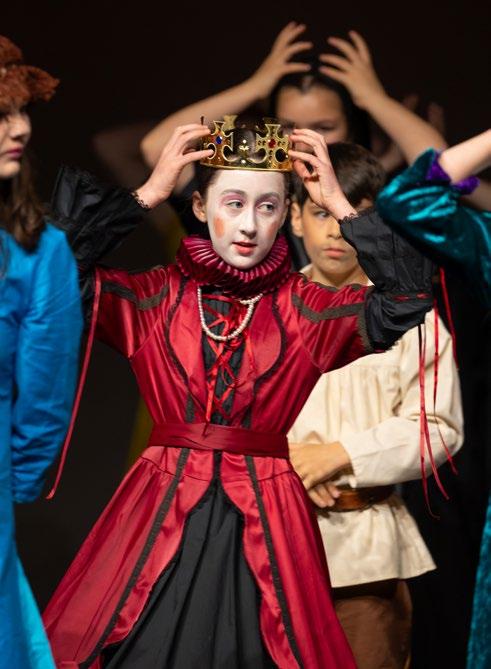




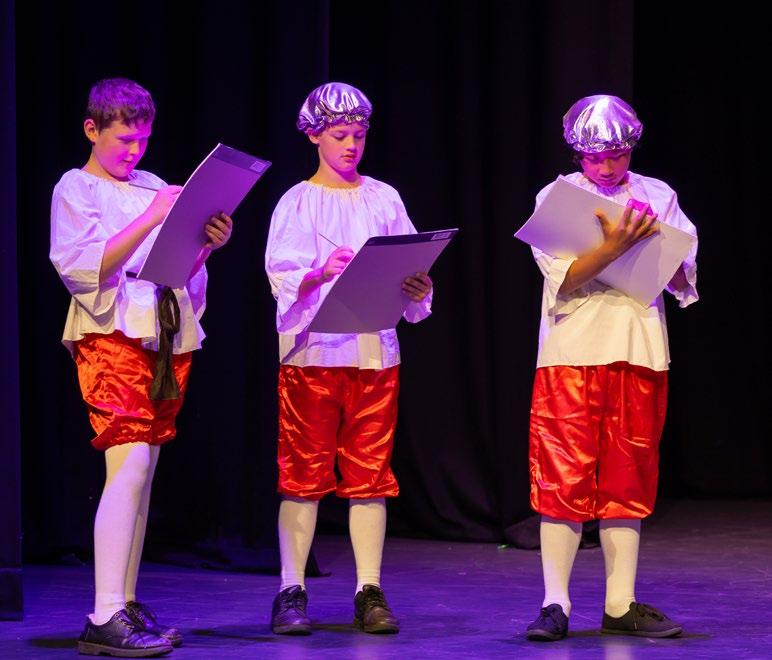

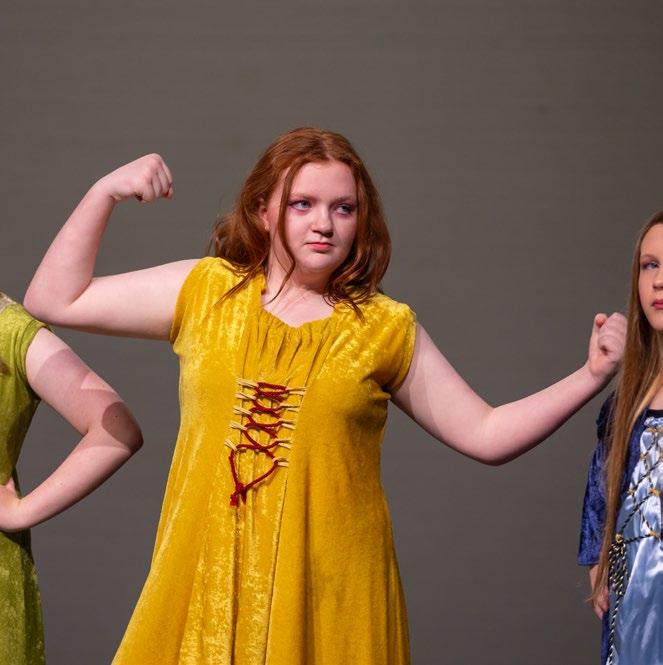






Describe yourself in three words Ambitious, adventurous, and passionate.
What inspired you to pursue a career in teaching? I have always been interested in education. When I was in high school, I completed one of my work experiences at a primary school here in Mount Gambier. After this, my main source of inspiration for teaching came from doing Outdoor Education and World Challenge in Cambodia and Vietnam as a student. I was amazed at being able to explore different parts of the world as a job.
When did you start at St Martins and what was your history prior? I am now in my second term here at St Martins, beginning at the start of Term 2 this year. After finishing my schooling in Mount Gambier, I moved away to Ballarat for University where I studied a double degree of Health
& Physical Education and Outdoor & Environmental Studies. I spent the last five years of my teaching career in Victoria at Baimbridge College (Hamilton) where I taught Year 12 Outdoor Education, Year 7-10 Health & PE, Year 7-9 Sport, Specialist Netball, Year 9-10 Outdoor Education and Careers & Pathways. The last four of these years I was also the Health & PE Faculty Leader.
starting kindy or school so now was the right time.
What is your current role at St Martins? My current role is a Health & Physical Education Teacher. I currently have classes for Year 9 Sport, Year 9 Health & Physical Education, Year 10 Sport & Recreation, Year 12 Pastoral Care and Senior Livingston Homegroup.
“The
most rewarding aspect of my job is being there for students who may not initially show a strong interest in PE or sport, as they discover enjoyment and succeed in new skills.”
What’s the most rewarding part of your job? The most rewarding aspect of my job is being there for students who may not initially show a strong interest in PE or sport, as they discover enjoyment and succeed in new skills.
What do you believe is the most important quality in a teacher? Having a genuine care for each student.
Are there any projects or initiatives you’re currently working on that you’re excited about? Nothing major currently. I am enjoying just getting to know understanding the way things work here at St Martins.
Why did you decide to make the move back to Mount Gambier? It was a tough decision to move back to the Mount, although my fiancé and I are already so grateful to be around more family and support. Having two little boys, we decided if we were to move, we would like them to be settled before
What are your interests outside of St Martins? When the weather is warm, I enjoy camping with my family and friends. We often venture to Rocklands, down the river or to the beach. I love to cook and be crafty. I also play netball for Glencoe and enjoy going to the gym.
14/10
Students & Staff Return
15/10
Year 7 & 10immunisations catch up visit
16/10
21/10
22/10
23/10
SAPSASA Girls Football - State Carnival Adelaide RGB Parent Teacher Interviews - 3.30-6pm
Saxophone ensemble at St Marys - 10am
28/10
Year 12 Student Celebrations - Movie Monday
29/10
Year 12 Student Celebrations - Teacher Tuesday
House Day
24/10
SAPSASA - MultiSport Come & Try (Mt Gambier)
Opening of Art Show - 6pm
18/10
Year 12s Walk of Faith - 1.40pm
Worship - Final Worship for Year 12s - 2pm
4/11
5/11
30/10
25/10
Student Free Day (Mt Gambier Show)
SAPSASA Boys & Girls Basketball - State Championships Adelaide 31/10
1/11
Year 4 Grampians Camp
Year 12 Breakfast7.30am
Year 12 - Last Dayfinish at 11am
Year 12 Student Celebrations - Dress as your profession
6/11
SAPSASA Boys & Girls Cricket - State Carnival Adelaide
Year 8 Kryal Castle Camp Year 5 Kangaroobie Camp
Mathematical Methods SACE Exam - 9am
General Mathematical SACE Exam - 1.30pm
11/11
Physics SACE Exam9am
Economics SACE Exam - 1.30pm
Year 10 Outdoor Ed Camp - Surfing - Robe
Essential Mathematical SACE Exam - 9am
Reception orientation - 8.30am-11am
12/11
English Literacy Studies SACE Exam - 9am
PE Week - Year 10
Lawn Bowls @ RSL Bowling Club
Reception orientation - 8.30am-1pm Veta Morphus
Graduation dinner6.30pm - celebration
Chemistry SACE Exam - 9am
Psychology SACE Exam - 1.30pm House Day
13/11
Specialist Mathematics SACE Exam - 9am
Beginner Bands at Wehl Street Theatre - Rehearsal 10am1.30pm, Concert 5.306.30pm
PE Week - Year 7-8 Festival of Sport @ Blue Lake Sports Park
7/11
Accounting SACE Exam - 9am
Worship - 9am
Grandfriends Day9am-11am
8/11
Worship - 9am
Biology SACE Exam - 9am
Modern History SACE Exam - 1.30pm
14/11
Legal Studies SACE Exam - 9am
Bands at the Wehl Street Theatre - Rehearsal 9am2.30pm, Concert 6-7.30pm
15/11
Worship - 9am
SAPSASA VolleyballCome & Try (Mount Gambier)
Year 9-10 Festival of Sport @ Penola High School
18/11
25/11
Year 7 Canberra Camp Year 4/5/6 Swimming
Year 11 Exams
2/12
End of Year Middle School Service - 9am
Junior Choir at Marketplace - 12pm1pm
19/11
9/12
26/11
20/11
21/11
22/11
SAPSASA Tennis Boys & Girls - State Carnival Adelaide Years 9/10 Pedal Prix Comp, Maryborough Vic
Reception orientation - 8.30am - 1pm
Valedictory Service in the Gym - 9am 3/12
Year 10 Exams
Orientation visits for new students in Years 1-6 & 8-9 10/12
27/11
House Day 4/12
2025 Year 7 Orientation
House Day Final day for Year 10s
Questacon Science Circus - 9am-2.45pm Valedictory Dinner at The Barn - 6pm Year 11 exams 5/12
Student Free Day
11/12
Reception-Year 2 Celebration Service - 9am
Years 3-6 Celebration Service & Year 6 Graduation - 11.30am
29/11
Colour Run - 2pm3pm 28/11
Orientation visits for new students in Years 1-6 & 8-9 12/12
Worship - 9am
Final day for Year 11s
Year 10 Celebration at the Apple Farm6pm-9.30pm
6/12
Secondary Musical Auditions
Worship - 9am
Student Free Day
13/12
Student Free Day

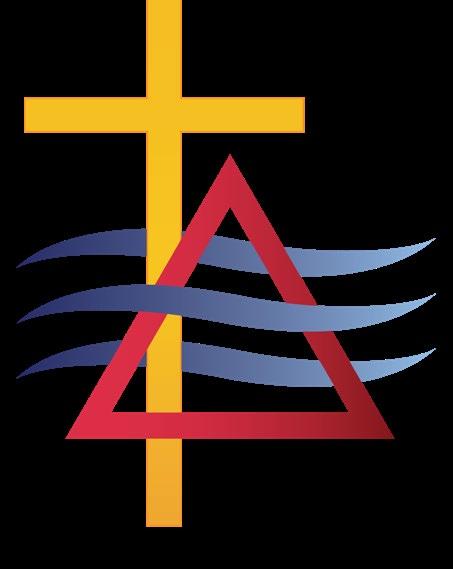
Contact
CAMPUS 3 St Martins Drive, Mount Gambier
WEBSITE stmartins.sa.edu.au
PHONE (08) 8725 1430
EMAIL office@stmartins.sa.edu.au
Have a suitable story for St Martins Spirit? Email a brief description to news@stmartins.sa.edu.au
St Martins Spirit is published quarterly. For more frequent updates, follow the College on social media.